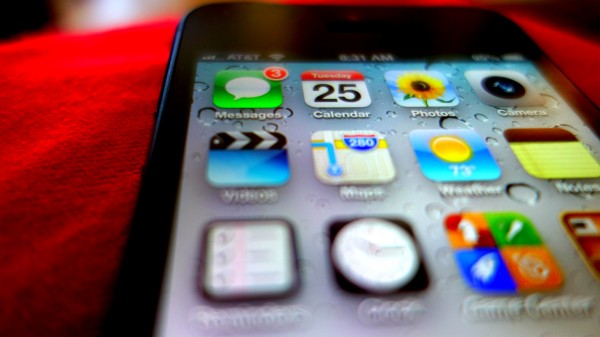
Based on some quick testing, I can confirm the expected: iPhone 5 is best for someone already living the Apple lifestyle, being invested in companion products or services, including (and perhaps particularly) iCloud. iPhone 5 is also excellent choice for someone migrating from a feature phone. Flip and brick phone users will amaze at the handset's thinness, lightness and marvellous features.
I'm convinced Apple has two main target markets for iPhone 5: People with older models and those migrating from dumb phones, and there is a whole lot of the latter. Smartphones accounted for just 36.7 percent of all handset sales in second quarter, according to Gartner. The global market growth potential is yet huge.
Many people living the Google or Microsoft lifestyles will be somewhat to largely disappointed by iPhone 5. Microsoft fans are worse off, even though iOS apps like Bing and SkyDrive are available. Google offers many more apps supporting its services, and they provide a solid foothold. Google and Android go better together, but iOS should be good enough for most people -- well, except those wanting maps.
Photo shooters should consider iPhone 5. I'm incredibly impressed based on my limited testing, largely done indoors with low or defuse lighting. Colors are bright and accurate, objects clear and well-illuminated and shutter response fast. I haven't the luxury of using HTC One X or Samsung Galaxy S III, so can't compare. Otherwise, iPhone 5 is the best phone camera I've ever used. I'm actually quite disappointed with how much better are the photos than from my Android, which easily matched iPhone 4S.
iPhone 5 is not for anyone looking to customize the user experience, freely install custom ROMs, easily access live data or who values choice over curation. On iPhone, Apple controls the experience. Those people looking to take control should choose Android.
Plenty of Magic
I assert the "who's it for" based on taking Apple's newest mobile out for a test run. None of the BetaNews writers has iPhone 5, and Apple sends us nothing, but we really should do some kind of comprehensive review. What the hell, I decided to buy one, even if temporarily. There is a return policy, after all.
Around 11 am PDT September 24, I stopped by Apple Store Fashion Valley looking for iPhone 5. Two models were in stock, both black, 16GB AT&T and 32GB Verizon. Not one of the 20 people I waited with chose the larger-capacity model from the nation's largest cellular carrier.
Buying process is unchanged from previous models, and I activated in the store over the air, restoring from an early-May backup in iCloud. Since I use a Chromebook now, OTA activation was crucial to purchase, since Google's OS doesn't run iTunes. Tip: Restoration requires Wi-Fi, so hang around the store or resume at home. I'm surprised, since the phone comes with (supposedly) speedy 4G LTE. But, hey, you got to save that cellular data, eh?
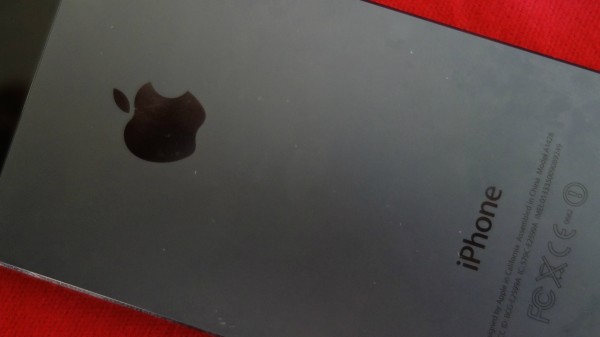
iPhone 5's aluminium back quickly shows fingerprints.
Before continuing, I want to identify four distinct user benefits that distinguish iPhone 5 from the 4S and earlier models:
- Better performance
- Larger, brighter display
- Faster cellular data speeds
- Photo-shooting experience
None of these alone is groundbreaking. Combined, and together with other refinements, however, they're meaningful: iPhone 5 is a work of art improved. Apple chose to make a good thing better rather than drastically different. But judging by geekdom whining about lack of Apple innovation, the approach is risky. Many people expected more.
The original iPhone stood apart from all other phones, not just smart ones, for its humanness. Touch, and its intimacy, and the way the handset responded to proximity gave it a human quality. Apple imbued the quality by cleverly using different sensors measuring proximity and orientation. But other than Siri's introduction with iPhone 4S, Apple has done little to extend this humanness since the 3GS.
Is this approach sound? Considering how many more feature-handset users there are than those with smart ones, iPhone has plenty of magic yet to spread -- again presuming that Apple's largest target is the former category. Great thing made better is good approach in a growth market when the majority of potential buyers have heard of your product but haven't purchased it.
Dark and Mysterious
iPhone 5 is handsome and its dimensions remind me of the original iPod nano released in autumn 2005. If Steve Jobs was still alive and launched this handset, perhaps he might have announced it last (instead of first) during this month's media event and positioned it as a nano phone. While Galaxy Nexus functions endear, its appearance is unappealing to me -- too corporate industrial. iPhone 5 is dark, mysterious.
The overall iPhone experience isn't new to me. I've owned every model, but gave up iPhone 4S about four months ago in protest of Apple's patent system abuse -- litigating rather than innovating. However, for this test, I switched from the Google-Samsung co-developed Galaxy Nexus running Android 4.1, a handset I really enjoy using. But physically the smartphone is too big for my tastes (135.5 x 67.94 x 8.94 mm, 135 grams).
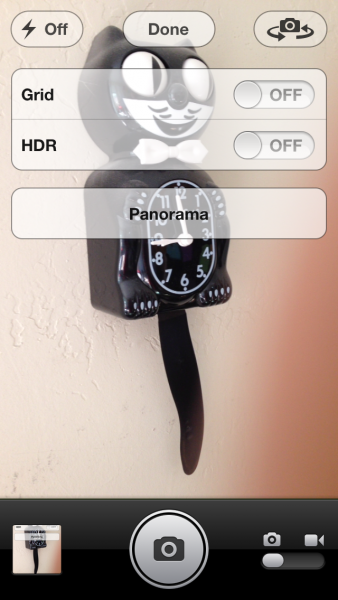 iPhone 5 is much thinner and lighter (123.8 x 58.6 x 7.6 mm, 112 grams). I find the Apple device much more comfortable to hold than Galaxy Nexus. However, the screen is way too narrow for my tastes. The display is 4 inches compared to its predecessors' 3.5 inches, but the extra screen size is a misnomer. While iPhone 5 is taller than say the 4 or 4S, it's the same width. That 4 inches is measured horizontally, mitigating the actual usable size increase over 3.5-inch models. For just about any function in portrait view, including web browsing and magazine reading, iPhone 5's screen is too narrow, which the increased height accentuates. Similarly, in landscape mode there is no added height, giving squished sense compared to most other smartphones.
iPhone 5 is much thinner and lighter (123.8 x 58.6 x 7.6 mm, 112 grams). I find the Apple device much more comfortable to hold than Galaxy Nexus. However, the screen is way too narrow for my tastes. The display is 4 inches compared to its predecessors' 3.5 inches, but the extra screen size is a misnomer. While iPhone 5 is taller than say the 4 or 4S, it's the same width. That 4 inches is measured horizontally, mitigating the actual usable size increase over 3.5-inch models. For just about any function in portrait view, including web browsing and magazine reading, iPhone 5's screen is too narrow, which the increased height accentuates. Similarly, in landscape mode there is no added height, giving squished sense compared to most other smartphones.
The user experience isn't bad, just not as good as what I'm accustomed to using a phone with different screen dimensions. Users of older Apple handsets or those moving up from feature phones, should find the screen roomy enough.
The display is bright, too. I am stunned and disappointed to find iPhone 5's to be considerably brighter than Galaxy Nexus. Auto-set to about one-quarter brightness, Apple's mobile dazzles compared to the Android at two-thirds brightness. I don't have accurate data on nit measurement for both phones. In bright sunlight, iPhone 5 is easily usable. I wouldn't say the same for Galaxy Nexus.
I can't speak for battery life, not yet having the phone long enough. But I can say that first day usage burned down the charge faster than iPhone 4S or Galaxy Nexus. That could be result of all the updating of apps and sync restoring content. Charge dropped from about 58 percent to 5 percent seven hours after turning on the phone, which is about half what I expected. I recharged before going to bed. Six hours later, charge dropped to 99 percent, which is exceptional and about 2 percent better than typical with iPhone 4.
As a phone, I find volume to be clear, but a bit tinny compared to Galaxy Nexus, which has more treble. Callers complain more about audio quality on iPhone 5 than the Samsung, which surprises me. AT&T coverage is so terrible in my home, broken "I can only hear every other word" call complaints are common.
Full specs: 4-inch multitouch display (326 ppi) with 1136 x 640 resolution (800:1 contrast ratio); Apple A6 dual-core processor; 1GB RAM; 16GB, 32GB or 64GB storage; UMTS/HSDPA/HSUPA (850, 900, 1900, 2100 MHz), GSM/EDGE (850, 900, 1800, 1900 MHz), LTE (bands vary by model and region); 8MP rear-facing and 1.2MP front-facing cameras; LED flash; image stabilization; 1080p video recording (back), 720p (front); accelerometer; ambient-light sensor; gyroscope; GPS; proximity sensor; digital compass; Bluetooth 4.0; Wi-Fi a,b,g,n; 1440 mAh battery; carrier locked; iOS 6.
Apple Core
Basic functions are unchanged from iPhone 4 or 4S. Home, volume and mute buttons are laid out the same way, and the software uses similar user interface motif as iOS 5. The differences are subtle, so much that many users may not be consciously aware of benefits, even though Apple gives them. Once again, familiarity is priority. Bottom line: Apps are on a grid, though a fifth row of them, and can be consolidated into folders or swiped screen to screen. I prefer Android's approach, where users get several home screens to pin favorite apps or to place active widgets.
Apple isn't hot on active content, which I presume has something to do with limitations placed oh how iOS manages multiple apps. Multitasking is muted, quite deliberately, presumably to maximize performance and minimize battery drain. That's not to suggest iOS is incapable of running background processes, and there certainly are push notifications. Apple merely reigns apps and processes more than does Google with Android.
However, there is one place where imposed limitations will matter. GSM models can surf the web and make calls at the same time, while CDMA models, at least US ones, cannot. It's my understanding -- and correct me if mistaken -- that such capability would require a second radio that iPhone 5 from Sprint and Verizon lacks. Unlike some Androids.
Performance satisfies. Greatly. iPhone 5 packs Apple's A6 processor, which delivers handsomely but I suspect memory/storage has something to do with that. Judging by start-up time (iPhone 5 is considerably faster than Galaxy Nexus) and other general performance, it feels to me like there is fast-data access improving performance. I haven't time to play intensive games but did view some HD videos. Oh yeah. They look good. Bottom line: iPhone 5 is speedy.
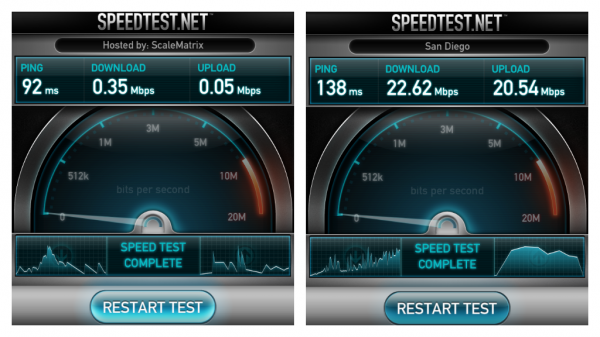
iPhone 5 HSPA+ (left), LTE (right)
Something else faster will matter to many people. iPhone 5 finally gets 4G LTE, which hugely improves data speeds. AT&T service sucks in my apartment, which explains my abysmal first dozen tests, the majority of which delivered less than .5Mbps. But three blocks away, with LTE lit up: 22.62Mbps downstream and 20.54Mbps upstream. Now that's respectable. For anyone doing social photos or videos, those LTE speeds will matter. Of course, they're not unique. Apple catches up to about two dozen other smartphones packing LTE.
Regarding fast social sharing, iOS 6 Facebook joins Twitter being available throughout the operating system. But Apple still closes out other social sharing apps. On Android, from the camera or photo gallery, for example, users can share to pretty much any app that taps Google APIs. So instead of using iPhone 5's camera and going to a separate app, then accessing the gallery and sharing, users can share directly to Instagram, Skype, Tumblr and other services.
More broadly, I find the newest Android, Jelly Bean, to be much more navigable and intuitive than iOS. Google consolidates app functions, offers more consistent navigation options and keeps settings with apps rather than forcing users to go elsewhere. Android notifications also are superior to the feature Apple copied. iOS 6 notifications are cluttered and those scrolling off the page are easily missed.
Wrong Direction
Apple Maps has received harsh criticism from many iOS 6 users and reviewers. My initial test: Apple Store Fashion Valley on September 22, and an unfair one really since cellular radios aren't active on the iPhone 5 display models. Meaning: no GPS assist, or so I presume.
Nevertheless I choose what seems like an easy search: "fashion valley". Surely my current location couldn't be that hard. Right? Apple Maps lives up to its filthy reputation. The query brings up "skin valley", which is in Paris. I laugh. Not knowing what other searches people had conducted or whether Apple Maps uses earlier queries for new ones, I switch phones and try again.
On the second iPhone 5, I start with "fashion valley mall", which locates the up-front parking garage outside the shopping center. Finally, I input "fashion valley" again and get the mall. So iOS 6 maps scores one for two exact same location searches.
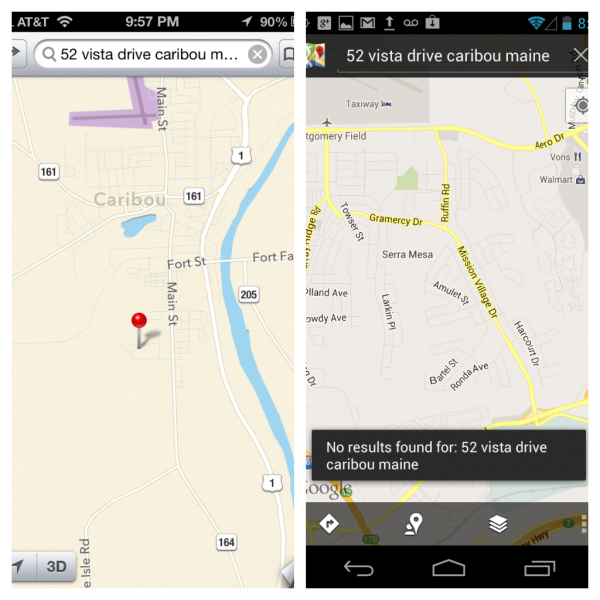
Apple Maps (left), Google Maps (right)
At home, two days later, with GPS active, it's second chance time, and I'm stunned. I know someone who used to live at "52 Vista Drive, Caribou, Maine". First, I search using Apple Maps, which misidentifies the street as "Vesta Drive" but correctly locates the street. There are no real details besides roads, but nevertheless the right place. Google Maps shocks with "no results found: 52 vista drive caribou, maine".
For more traditional searches, Apple Maps simply can't compete for accuracy or level of detail. It's an absolute downgrade from Google Maps, which isn't even available as a separate downloadable app. Visually, Apple Maps appeals and shows promise. But I wouldn't recommend the app for anyone who regularly uses a map app, particularly for local search. Yet.
YouTube also is missing, but can be downloaded. Chrome, G+ and Play Books are among the many other Google apps available. You can live the Google lifestyle on iPhone 5, and the search and information giant has brilliantly established a beachhead on enemy territory. And why not? Google should want its services consumed wherever users go.
By the way, I wouldn't recommend iPhone 5 to any heavy Google services user if not for Chrome and G+. They make the difference. The browser offers main benefits of its Android counterpart, including tab sync. Google+ is visually more appealing in almost every way, but doesn't offer the same granularity of information as its Android counterpart. For example, when adding a user to a post using "+", the iOS app displays a pretty photo while the Android one also shows if the person is in the user's Circles.
Shoot Me
For me, camera is the killer phone app, which is why for years I preferred Nokia handsets. It's one of the main reasons I chose Galaxy Nexus. While only 5 megapixels, the phone camera offers near-zero shutter and panorama shooting. iPhone 5 brings both benefits, and in my limited testing produces clearly superior photos.
My testing put extra demands on the phone cameras -- high or low contrast and dim lighting situations. Both cameras lock focus perfectly nearly every time, even low light -- that's often a challenge for other phones. Both do remarkably well auto-setting ISO, f-stop and shutter speed. But consistently, iPhone 5 produces sharper, richer, better light-balanced photos. I can't express how much this disappoints me, because I had thought highly of Galaxy Nexus' camera until now.
However, iPhone 5's camera, like so much of other built-in features, is one-size fits all. There are just a couple options -- high dynamic range and grid -- and little else. Galaxy Nexus provides much more, including scene settings and white balance adjustments. Other shooters from Nokia and Samsung offer even more options. iPhone 5 is great for point and click, which is probably how most people will use it. But Androids offer more control.

Galaxy Nexus (left), iPhone 5 (right)
Something else: There is a much better selection of photo apps on iOS and add-on hardware for iPhone. SmugMug's Camera Awesome remains my favorite photo shooting app. It's not yet available for Android. Just iOS.
Dollars and Sense
iPhone 5 isn't for everyone. First, buyers will want to qualify for full subsidized pricing -- $199 (16GB), $299 (32GB), $399 (64GB) -- with, from US carriers, two-year contractual commitment. AT&T offers some customers an early, not-so-great discount option: $200 off the full-retail price. That makes the 16GB model $449, not exactly a bargain when agreeing to another two years contractual imprisonment.
Something else: I highly recommend most buyers consider paying $99 more for AppleCare+. I usually discourage people from getting extended-warranties, but Apple's is a bargain should your phone ever be broken -- surely you never drop yours. Phone prices are subsidized, but replacement cost isn't. How would you like to spend more than 600 bucks for another iPhone 5? AppleCare+ extends the standard warranty to two years and guarantees a replacement iPhone if damaged up to two times for an additional $49 each instance. AT&T insurance costs considerably more, just when calculating the deductible and ignoring monthly fees.
iPhone 4S owners have much less to gain than those with older models. However, the aforementioned benefits -- particularly the camera and LTE -- are reason enough, particularly considering the high resale value of older, well-cared for models. Even then, not everyone shoots photos, while others get all the needed fast data from hotspots.
Android users with handsets running Ice Cream Sandwich or Jelly Bean should sit tight, particularly if heavily connected to Google services or having purchased lots of apps. For those folks using phones with older Android versions, iPhone 5 is a good upgrade, particularly if smaller appeals more than larger handsets. That said, I love that robot, as you should, too -- and if you want control or freedom to customize, forget iPhone 5. Buy an Android.





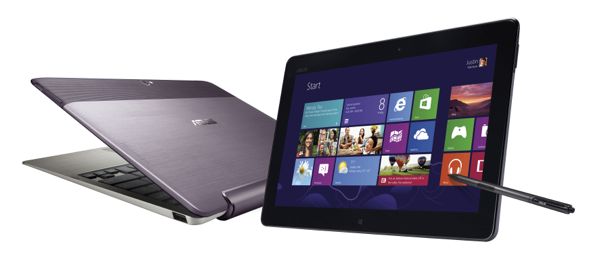

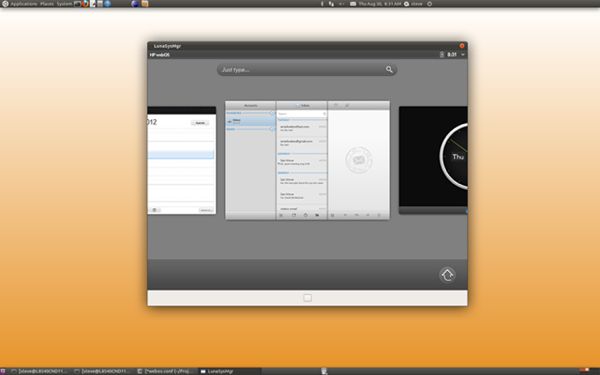


 "Most Recently Used" lists are generally a good feature in applications, as they allow you to reload recent documents without having to remember exactly where they’re stored.
"Most Recently Used" lists are generally a good feature in applications, as they allow you to reload recent documents without having to remember exactly where they’re stored. Apple's CEO is "extremely sorry" about the "frustration" the company's homegrown maps app "has caused our customers". Sorry isn't good enough because it's directed at the wrong place. Apple replaced Google Maps in the newest version of iOS on September 19, and even Cook admits "we fell short on this commitment" to "make world-class products that deliver the best experience possible to our customers". Simply stated: Apple Maps app sucks, but he apologizes about the wrong thing.
Apple's CEO is "extremely sorry" about the "frustration" the company's homegrown maps app "has caused our customers". Sorry isn't good enough because it's directed at the wrong place. Apple replaced Google Maps in the newest version of iOS on September 19, and even Cook admits "we fell short on this commitment" to "make world-class products that deliver the best experience possible to our customers". Simply stated: Apple Maps app sucks, but he apologizes about the wrong thing.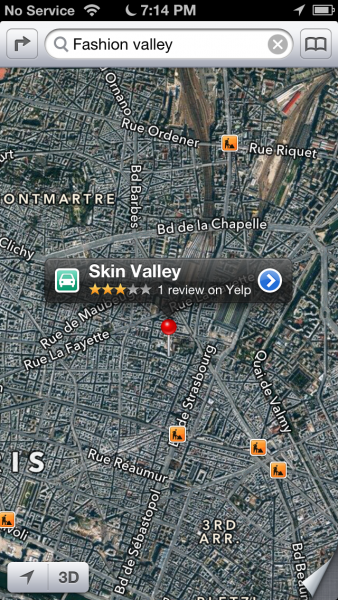 Customers wouldn't be here, if Apple partnered more than competed. I'm amazed Apple allows as many Google apps as it does on iOS, with
Customers wouldn't be here, if Apple partnered more than competed. I'm amazed Apple allows as many Google apps as it does on iOS, with 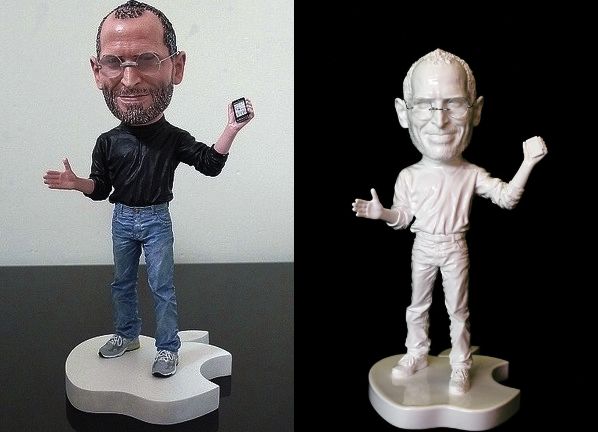
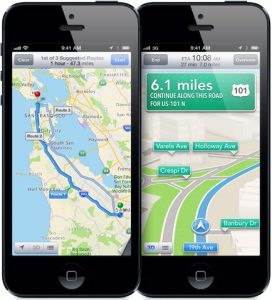 This morning, Apple posted an apology from the CEO about iOS 6 maps, which replaced the mature Google product available in the five previous versions of the operating system. Complaints about misidentifications and misdirections flooded the web, starting with the software's release on September 19.
This morning, Apple posted an apology from the CEO about iOS 6 maps, which replaced the mature Google product available in the five previous versions of the operating system. Complaints about misidentifications and misdirections flooded the web, starting with the software's release on September 19.  If you went to Google.com today, you probably noticed the logo was replaced with a fun little birthday cake animation celebrating 14 years of incorporation. Google was incorporated on Sept. 4th 1998, but chose today to celebrate the birthday. What does it matter when they celebrate, after all, Google has had a great year.
If you went to Google.com today, you probably noticed the logo was replaced with a fun little birthday cake animation celebrating 14 years of incorporation. Google was incorporated on Sept. 4th 1998, but chose today to celebrate the birthday. What does it matter when they celebrate, after all, Google has had a great year.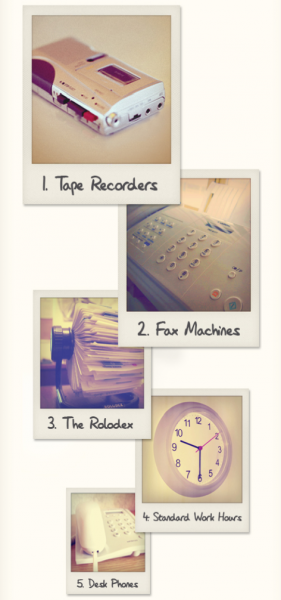 The office workplace is continually evolving. New technologies and trends -- like cloud computing and BYOD schemes -- are becoming more and more popular, but not every firm is willing to embrace the future, and many are stuck firmly in the past.
The office workplace is continually evolving. New technologies and trends -- like cloud computing and BYOD schemes -- are becoming more and more popular, but not every firm is willing to embrace the future, and many are stuck firmly in the past.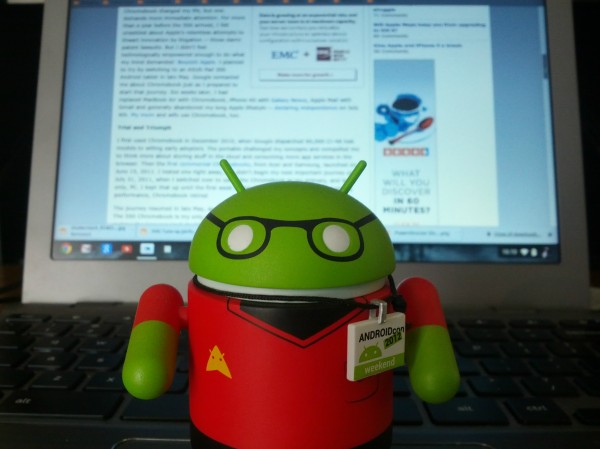
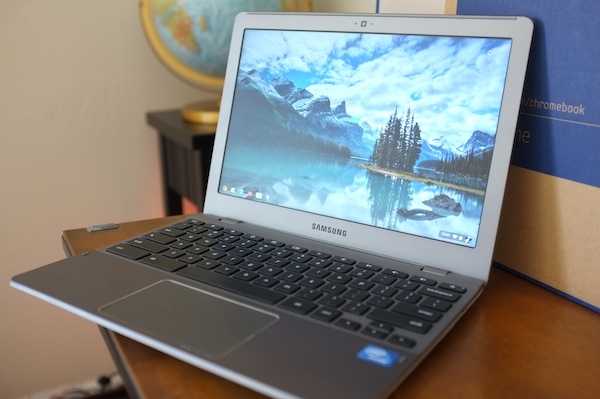
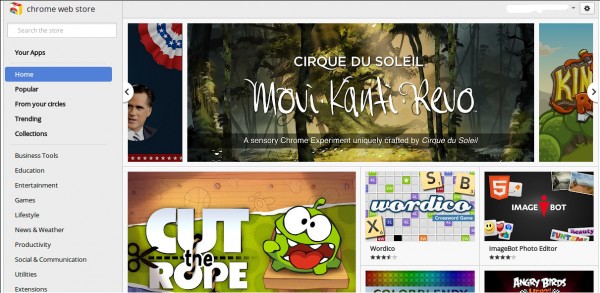
 Avira Operations has launched its 2013 product range, which includes
Avira Operations has launched its 2013 product range, which includes 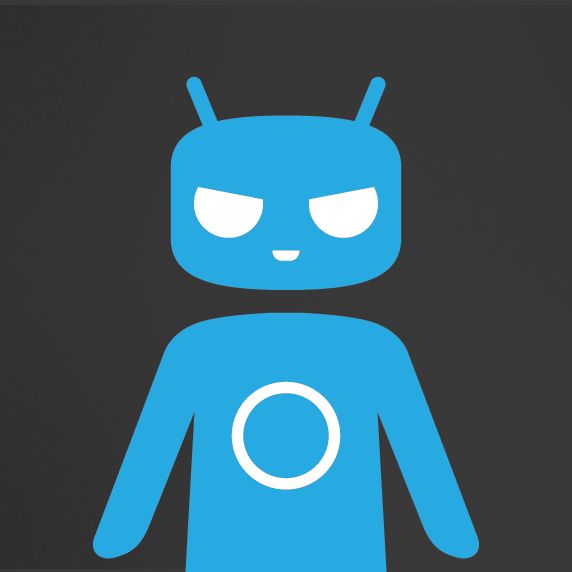

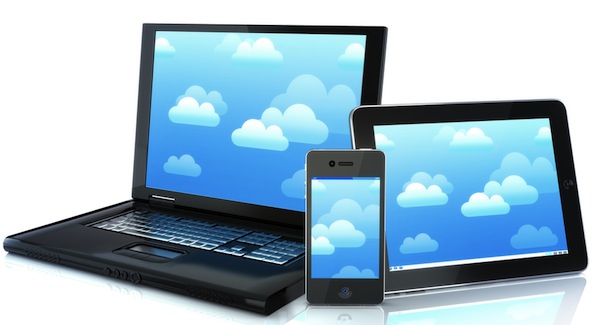
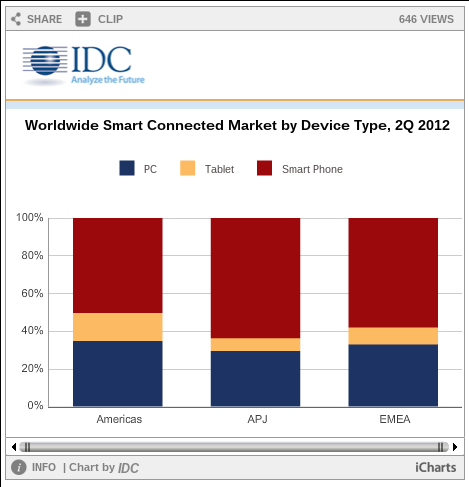
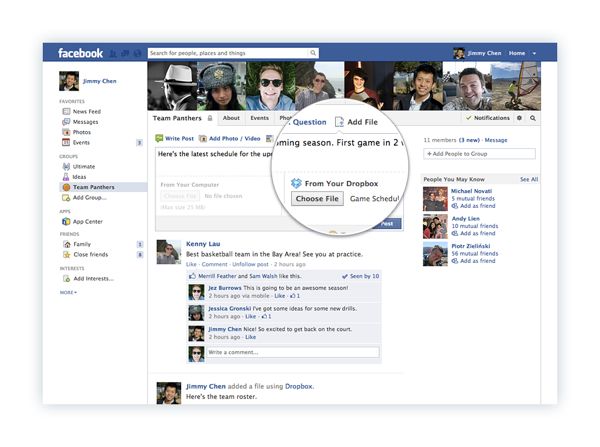
 If you are a serious gamer you need
If you are a serious gamer you need 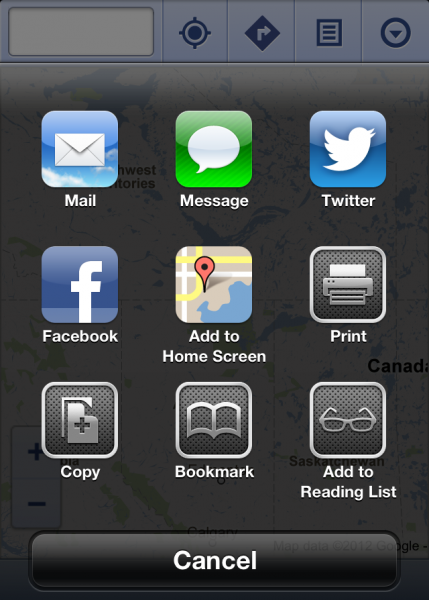
 Every PC user would like their system to run a little faster, but making that happen yourself usually requires time, effort, and a detailed low-level knowledge of how Windows really works.
Every PC user would like their system to run a little faster, but making that happen yourself usually requires time, effort, and a detailed low-level knowledge of how Windows really works.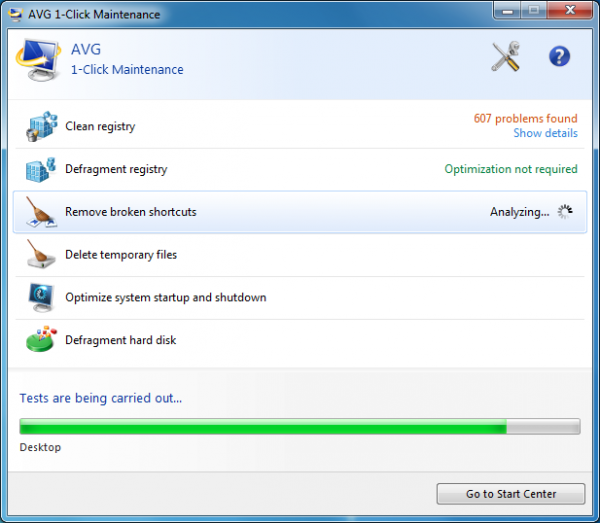
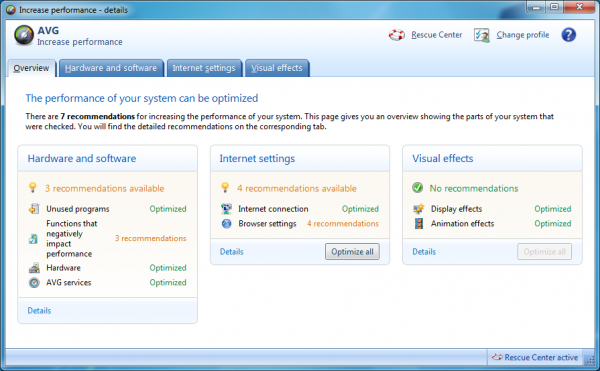
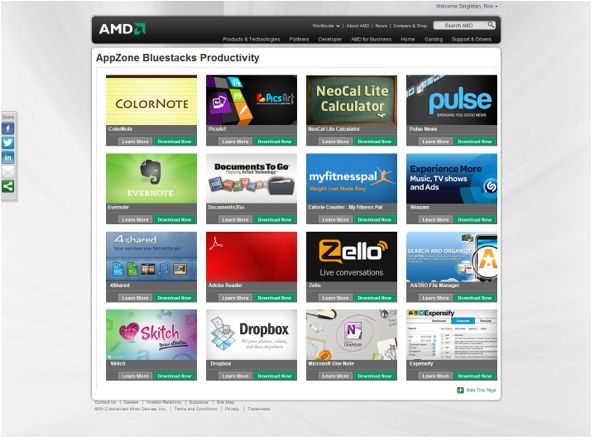
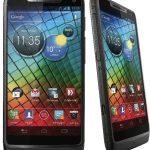 Most smartphone users wouldn't know if their device packs an ARM or Intel processor. They would care, perhaps, if software doesn't run, particularly as the first Intel-powered devices reach the mass-market.
Most smartphone users wouldn't know if their device packs an ARM or Intel processor. They would care, perhaps, if software doesn't run, particularly as the first Intel-powered devices reach the mass-market.
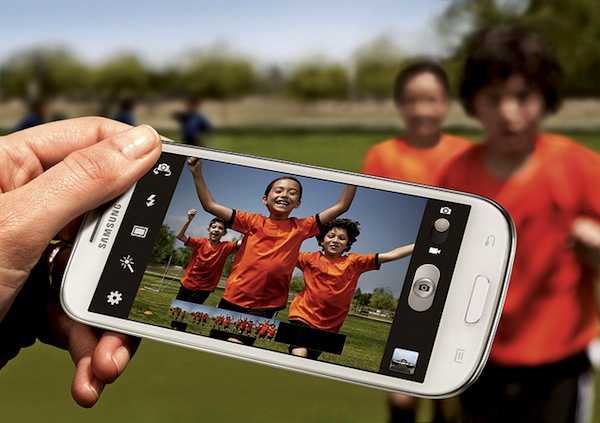
 You might have a great video camera, and be very skilled at using it, but it won’t make any difference: your raw footage will generally still be rubbish. That’s just the way it is.
You might have a great video camera, and be very skilled at using it, but it won’t make any difference: your raw footage will generally still be rubbish. That’s just the way it is.
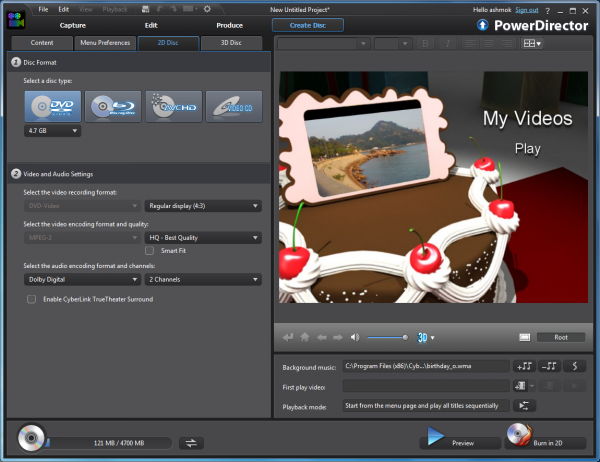

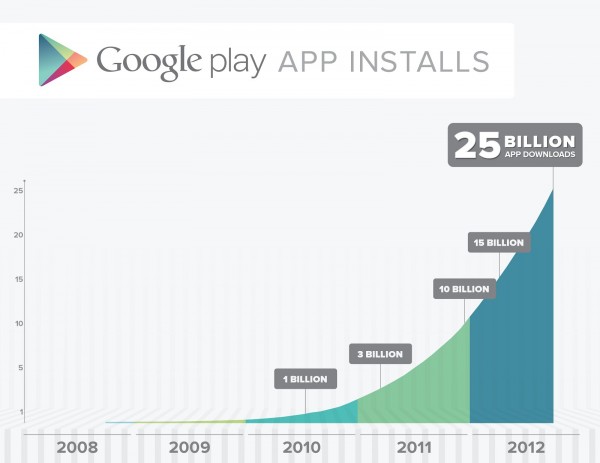
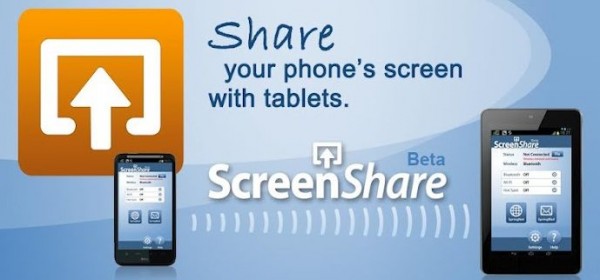
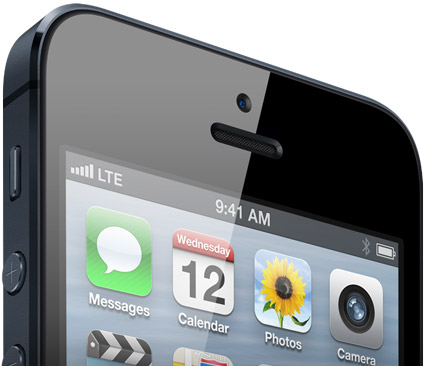
 The desktop client for the ever-popular cloud storage service
The desktop client for the ever-popular cloud storage service 
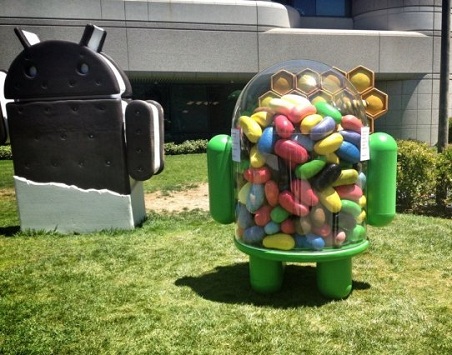
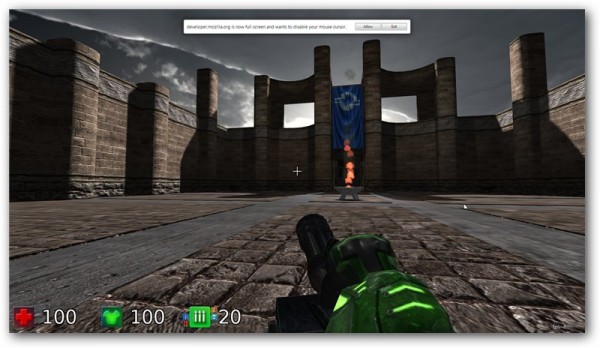


 Piriform Ltd has updated its popular freeware cleaning tool for Windows with the release of
Piriform Ltd has updated its popular freeware cleaning tool for Windows with the release of 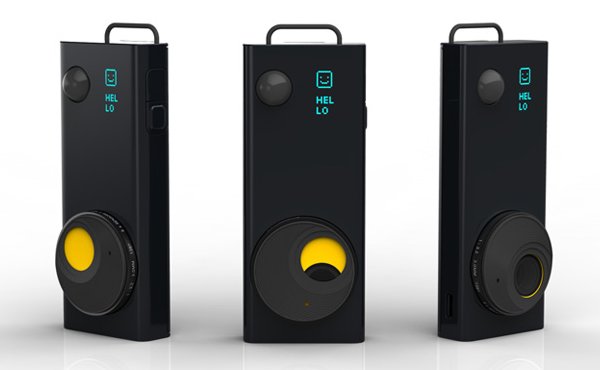
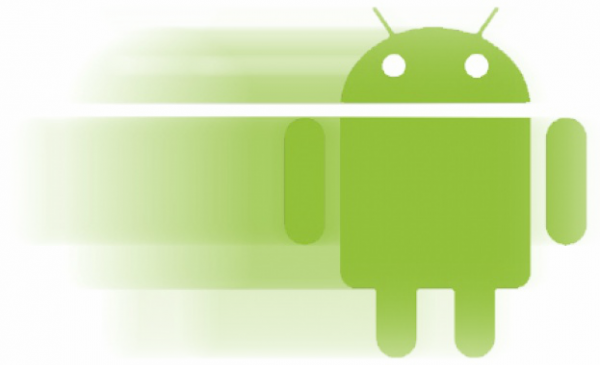


 iPhone 5 is much thinner and lighter (123.8 x 58.6 x 7.6 mm, 112 grams). I find the Apple device much more comfortable to hold than Galaxy Nexus. However, the screen is way too narrow for my tastes. The display is 4 inches compared to its predecessors' 3.5 inches, but the extra screen size is a misnomer. While iPhone 5 is taller than say the 4 or 4S, it's the same width. That 4 inches is measured horizontally, mitigating the actual usable size increase over 3.5-inch models. For just about any function in portrait view, including web browsing and magazine reading, iPhone 5's screen is too narrow, which the increased height accentuates. Similarly, in landscape mode there is no added height, giving squished sense compared to most other smartphones.
iPhone 5 is much thinner and lighter (123.8 x 58.6 x 7.6 mm, 112 grams). I find the Apple device much more comfortable to hold than Galaxy Nexus. However, the screen is way too narrow for my tastes. The display is 4 inches compared to its predecessors' 3.5 inches, but the extra screen size is a misnomer. While iPhone 5 is taller than say the 4 or 4S, it's the same width. That 4 inches is measured horizontally, mitigating the actual usable size increase over 3.5-inch models. For just about any function in portrait view, including web browsing and magazine reading, iPhone 5's screen is too narrow, which the increased height accentuates. Similarly, in landscape mode there is no added height, giving squished sense compared to most other smartphones.


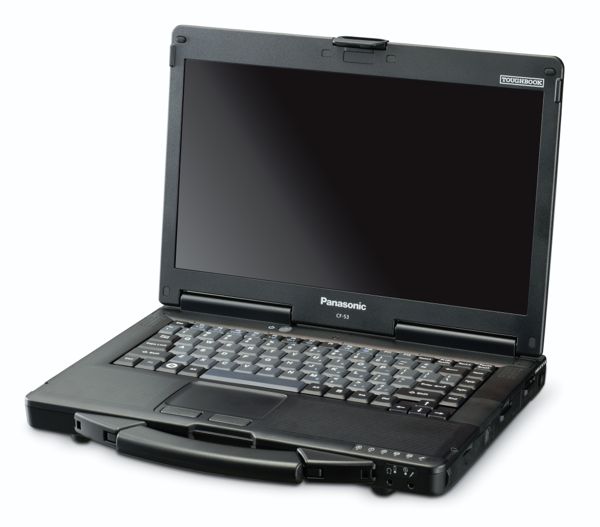
 Great news for
Great news for 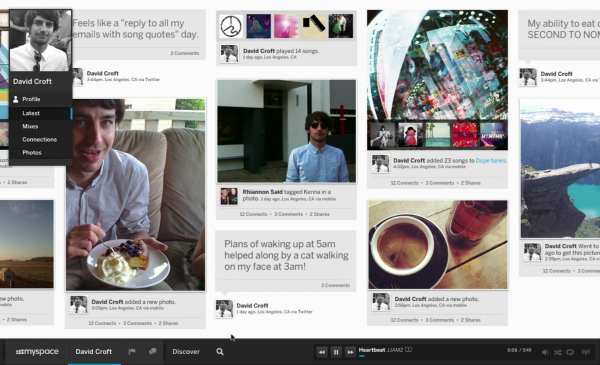
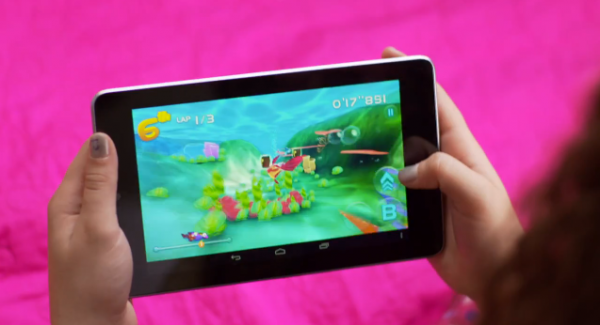


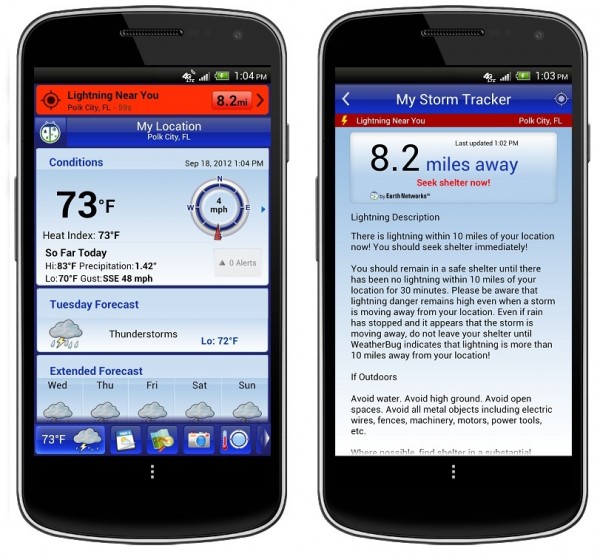
 I spent a long time chatting with prospective iPhone 5 purchasers at my local Apple store at the weekend. I wasn’t queuing up with them, just getting feedback on why they were so keen to buy a handset that isn’t, frankly, the most amazing or revolutionary device Apple has ever produced. The reasons I received ranged from: "I’m out of contract and need a new phone" to "I buy everything Apple makes".
I spent a long time chatting with prospective iPhone 5 purchasers at my local Apple store at the weekend. I wasn’t queuing up with them, just getting feedback on why they were so keen to buy a handset that isn’t, frankly, the most amazing or revolutionary device Apple has ever produced. The reasons I received ranged from: "I’m out of contract and need a new phone" to "I buy everything Apple makes". I'm not locked in to any one company's ecosystem right now. I have a Windows 7 Ultrabook, a desktop I built myself running Mint Linux, an
I'm not locked in to any one company's ecosystem right now. I have a Windows 7 Ultrabook, a desktop I built myself running Mint Linux, an 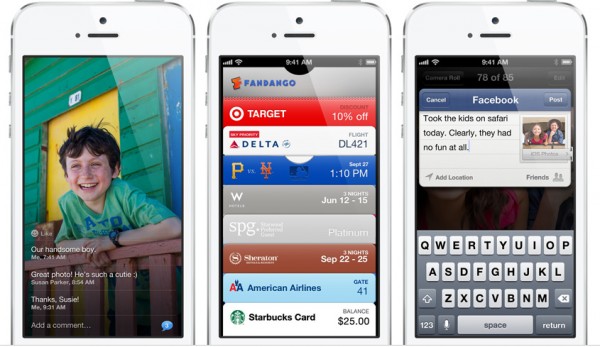
 Dr. Greg Glockner has trained users of mathematical optimization software in Brazil, Hong Kong, Japan, Singapore, South Korea, and throughout the USA and Canada. He has developed software on all major platforms and 8 of the top-10 programming languages in the TIOBE Programming Community Index. He is currently the Director of Engineering for Gurobi Optimization.
Dr. Greg Glockner has trained users of mathematical optimization software in Brazil, Hong Kong, Japan, Singapore, South Korea, and throughout the USA and Canada. He has developed software on all major platforms and 8 of the top-10 programming languages in the TIOBE Programming Community Index. He is currently the Director of Engineering for Gurobi Optimization.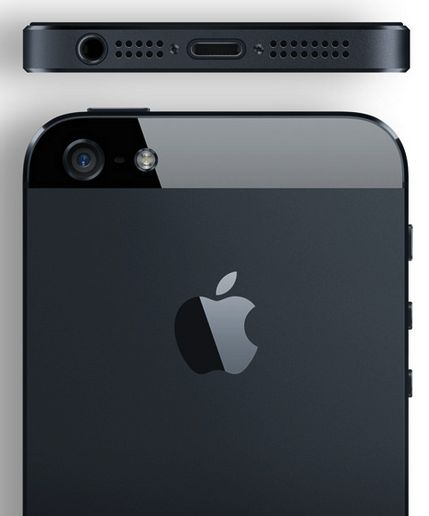
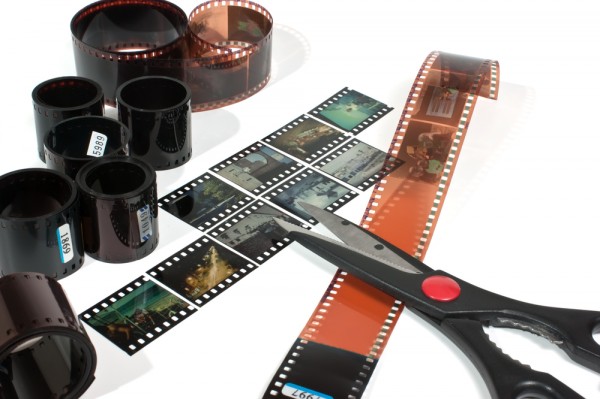

 We live in a true video age, where it’s never been easier to shoot quality clips of your own, or find movies created by others.
We live in a true video age, where it’s never been easier to shoot quality clips of your own, or find movies created by others.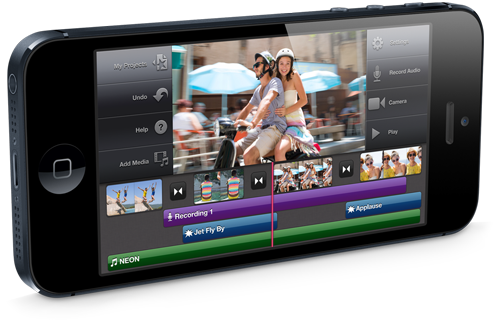
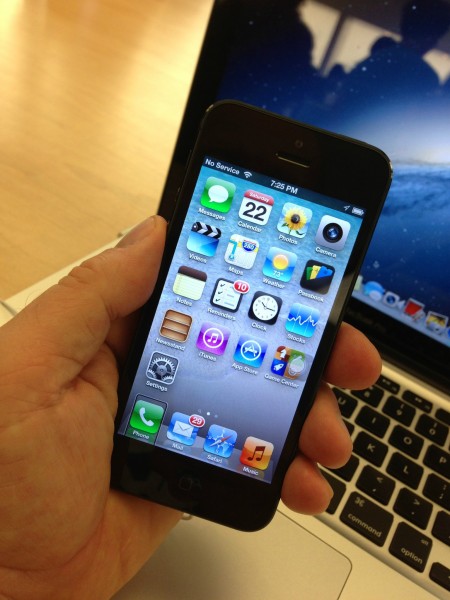 iPhone 5 is not a revolutionary device. Does it really need to be? No. Despite the geek freak-out that
iPhone 5 is not a revolutionary device. Does it really need to be? No. Despite the geek freak-out that 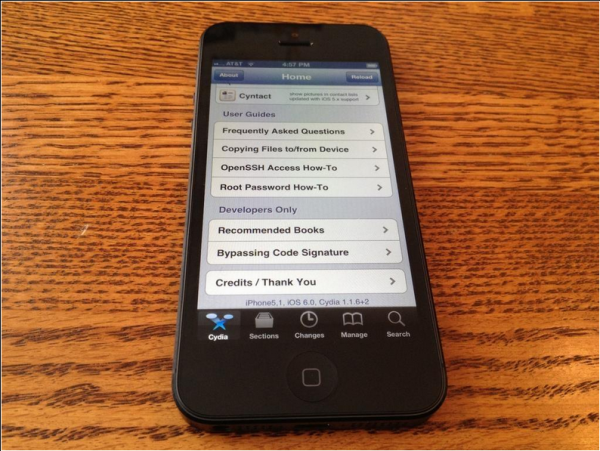
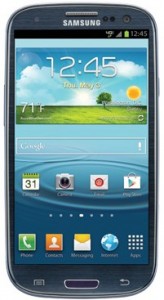 The Samsung Galaxy S III for Verizon Wireless comes with a locked bootloader, which is a no-go for installing custom ROMs. To aid modders the South Korean smartphone manufacturer released the
The Samsung Galaxy S III for Verizon Wireless comes with a locked bootloader, which is a no-go for installing custom ROMs. To aid modders the South Korean smartphone manufacturer released the 
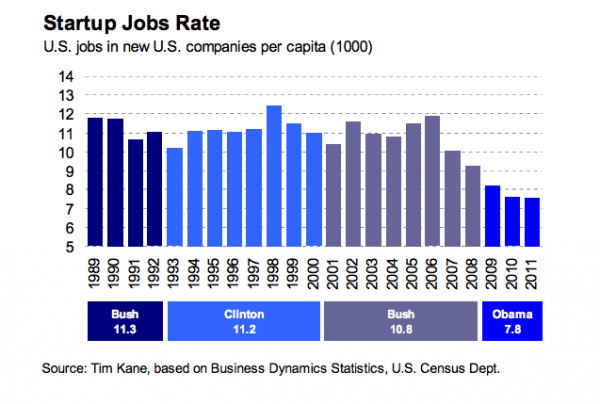
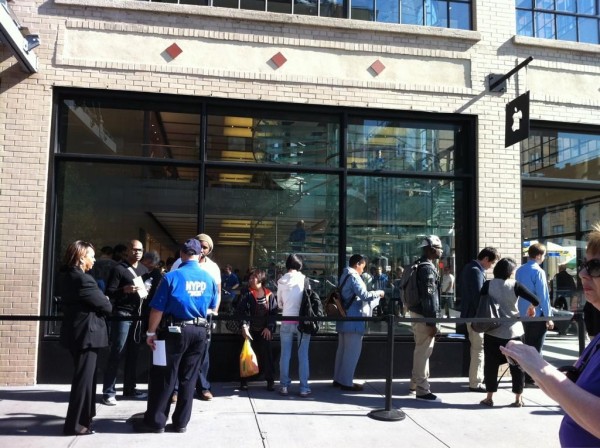
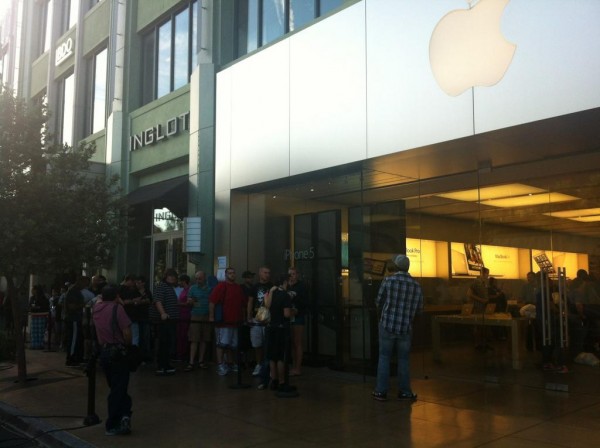



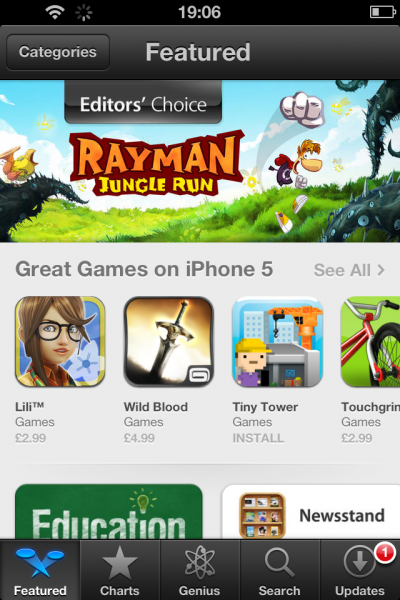 If you have a newish iOS device -- whether it’s iPhone, iPad or iPod touch -- there’s a good chance you have already upgraded to iOS 6 and are using it now. According to a study by
If you have a newish iOS device -- whether it’s iPhone, iPad or iPod touch -- there’s a good chance you have already upgraded to iOS 6 and are using it now. According to a study by 
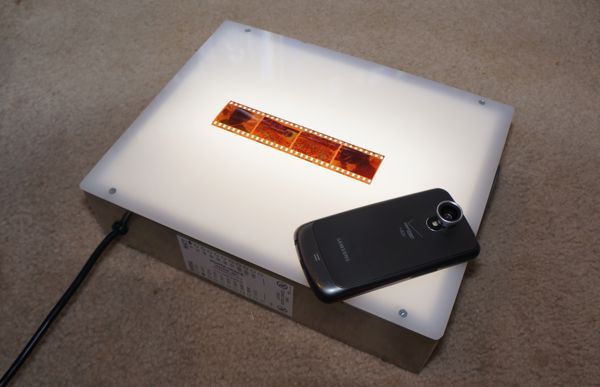







 As you can see from this side-by-side comparison, the photo-positive scan has much richer colors than the smartphone negative scan. It almost looks like an artificial aging filter was added. So if you happen across a pile of old photo negatives that you don't want to pay to process, you can absolutely use your smartphone to create positives, but without the benefit of knowing how the colors were supposed to be reproduced, your final result might not look as good as an actual print would.
As you can see from this side-by-side comparison, the photo-positive scan has much richer colors than the smartphone negative scan. It almost looks like an artificial aging filter was added. So if you happen across a pile of old photo negatives that you don't want to pay to process, you can absolutely use your smartphone to create positives, but without the benefit of knowing how the colors were supposed to be reproduced, your final result might not look as good as an actual print would. 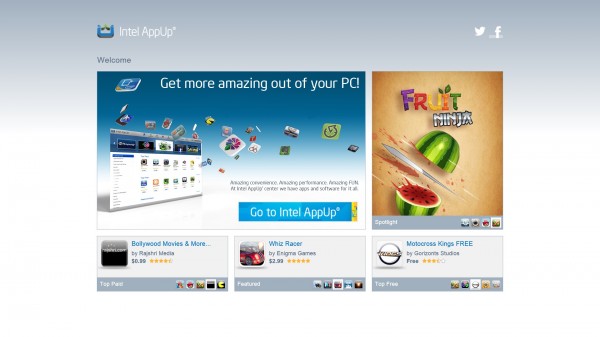
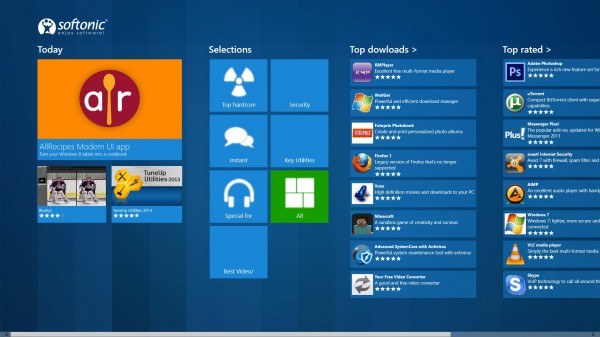


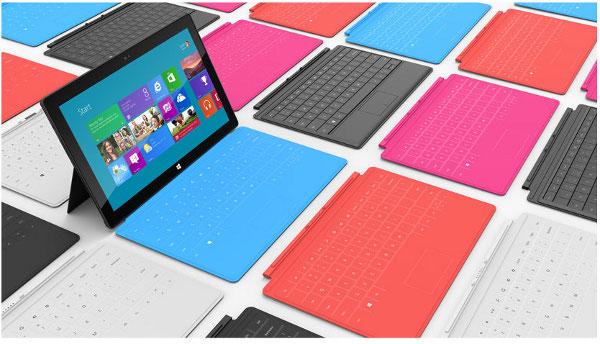

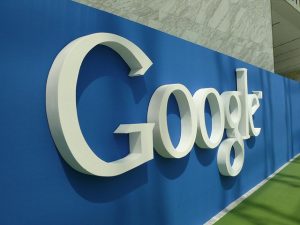 Trustbusters and other regulators still have their eyes on Google, which in response has maintained high lobbying presence in Washington. Is that effort paying off?
Trustbusters and other regulators still have their eyes on Google, which in response has maintained high lobbying presence in Washington. Is that effort paying off?
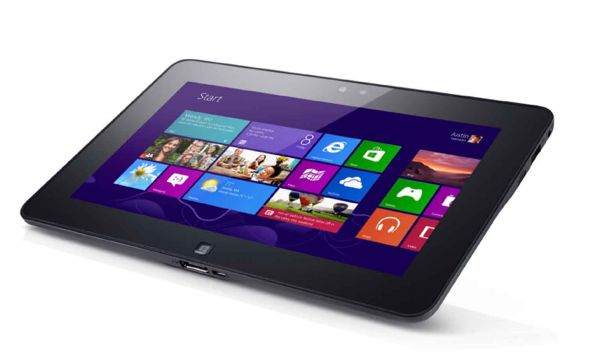
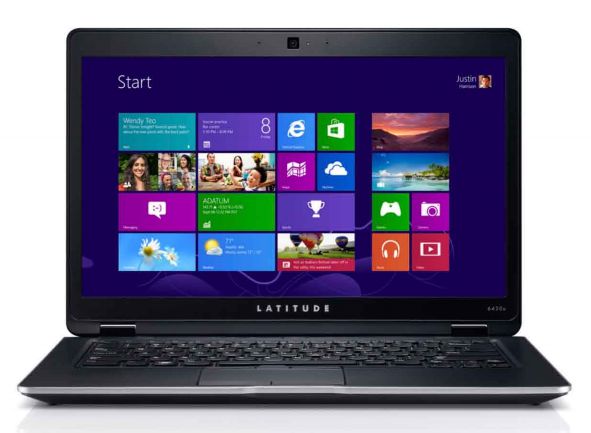
 Is your PC slower than it used to be, less stable, more prone to behaving in odd and unexpected ways? Then you’re not alone, but there are many potential causes, and figuring out exactly which ones apply in your situation may require considerable time, effort and expertise.
Is your PC slower than it used to be, less stable, more prone to behaving in odd and unexpected ways? Then you’re not alone, but there are many potential causes, and figuring out exactly which ones apply in your situation may require considerable time, effort and expertise.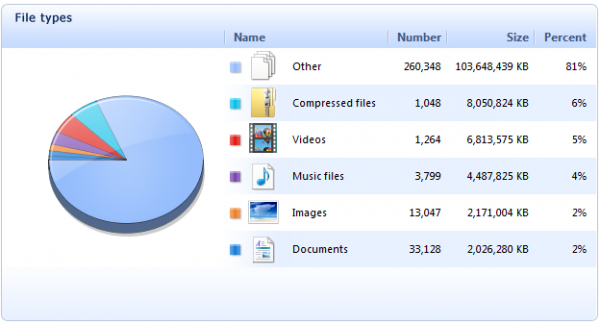
 I upgraded one of my Apple devices to iOS6 last night and the first thing I did, once finished setting it up, was to launch the new Maps component. This, as you’ll no doubt be aware, replaces the aging Google Maps app. I knew from other articles I’d read previously that Apple’s own mapping service wasn’t going to be as good as the old Google one. After all, Apple is new to this mapping lark, and the search giant has years of experience in the field. But I was prepared to give it the benefit of the doubt, and forgive any minor problems. After all, how bad could it be?
I upgraded one of my Apple devices to iOS6 last night and the first thing I did, once finished setting it up, was to launch the new Maps component. This, as you’ll no doubt be aware, replaces the aging Google Maps app. I knew from other articles I’d read previously that Apple’s own mapping service wasn’t going to be as good as the old Google one. After all, Apple is new to this mapping lark, and the search giant has years of experience in the field. But I was prepared to give it the benefit of the doubt, and forgive any minor problems. After all, how bad could it be?
 The release of a new operating system often means that there is renewed interest in migration and backup tools and this is certainly the case with the imminent release of Windows 8. Hard drive cloning tool
The release of a new operating system often means that there is renewed interest in migration and backup tools and this is certainly the case with the imminent release of Windows 8. Hard drive cloning tool  These days, free PDF tools do a heck of a lot more than simply display and print PDF files. Pick up a tool like
These days, free PDF tools do a heck of a lot more than simply display and print PDF files. Pick up a tool like 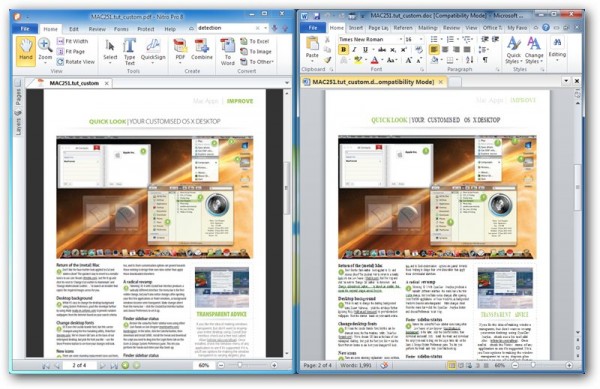
 You’ve found what you think is an email address for a friend, or colleague -- but is it really valid? If you don’t want to send an email to find out (or you’re checking so many addresses that simply isn’t practical), then another option is to use a tool such as
You’ve found what you think is an email address for a friend, or colleague -- but is it really valid? If you don’t want to send an email to find out (or you’re checking so many addresses that simply isn’t practical), then another option is to use a tool such as 
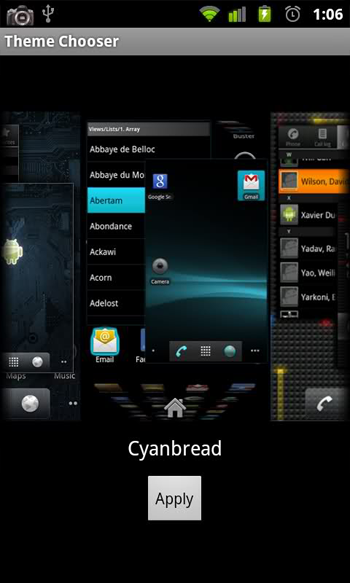
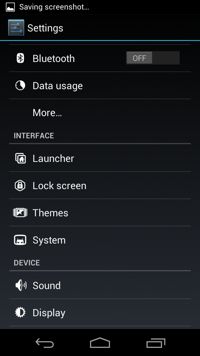

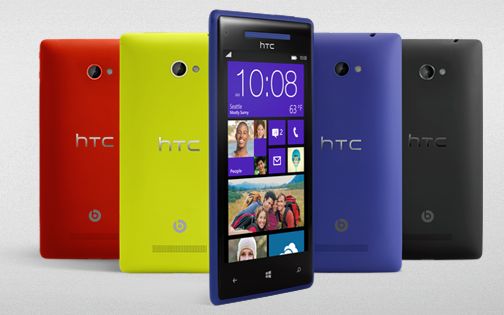
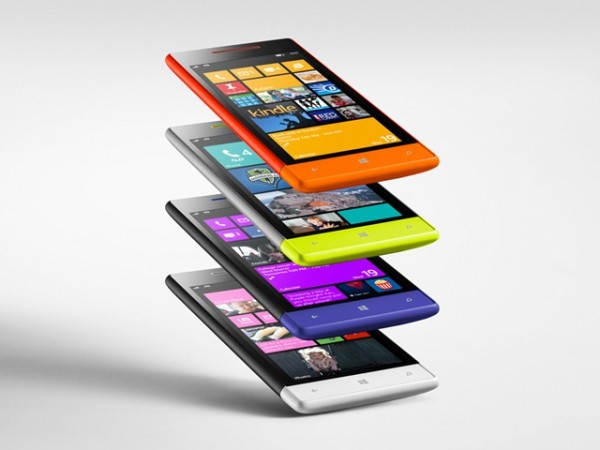
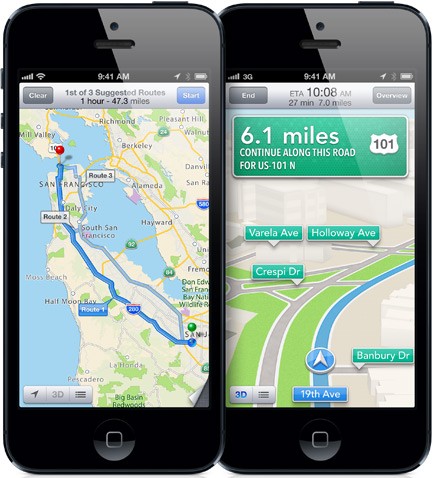 Today, two days before iPhone 5 launches, Apple releases iOS 6. We'd like to know what you think of the software, particularly compared to the previous version. Several features are sure to cause reaction, with Facebook integration and Apple's new maps app, which replaces the one from Google, being high among them.
Today, two days before iPhone 5 launches, Apple releases iOS 6. We'd like to know what you think of the software, particularly compared to the previous version. Several features are sure to cause reaction, with Facebook integration and Apple's new maps app, which replaces the one from Google, being high among them.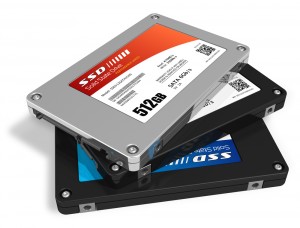
 Nitro PDF Pty Ltd has just released
Nitro PDF Pty Ltd has just released  The threat from viruses and malware is one that not only continues, but shows no signs of slowly down. The need for protective software has not gone away, and what could be better than install an anti-malware tool to help keep yourself safe? How about a security tool that boasts not one but two scanning engines? Take a look at
The threat from viruses and malware is one that not only continues, but shows no signs of slowly down. The need for protective software has not gone away, and what could be better than install an anti-malware tool to help keep yourself safe? How about a security tool that boasts not one but two scanning engines? Take a look at  CyberLink has continued rapid development of its photo management and editing tool with the release of
CyberLink has continued rapid development of its photo management and editing tool with the release of 
 Everyone loves to save a little money here and there, but when the timely bargains result in an alliteratively name month -- September savings -- so much the better!
Everyone loves to save a little money here and there, but when the timely bargains result in an alliteratively name month -- September savings -- so much the better! Let’s everybody beat up on YouTube for not pulling that
Let’s everybody beat up on YouTube for not pulling that  Last year Venkat Panchapakesan, Google Vice President of Engineering
Last year Venkat Panchapakesan, Google Vice President of Engineering 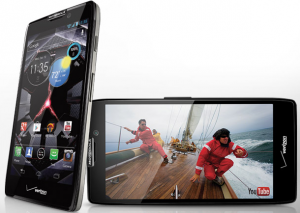 Motorola recently introduced the
Motorola recently introduced the 
 From Justin Bieber to Selena Gomez, Rihanna to Barack Obama, just about everyone is using Instagram to share photos these days. And if you’d like to get a closer look at the contents of any particular account then all you need is a copy of the
From Justin Bieber to Selena Gomez, Rihanna to Barack Obama, just about everyone is using Instagram to share photos these days. And if you’d like to get a closer look at the contents of any particular account then all you need is a copy of the 
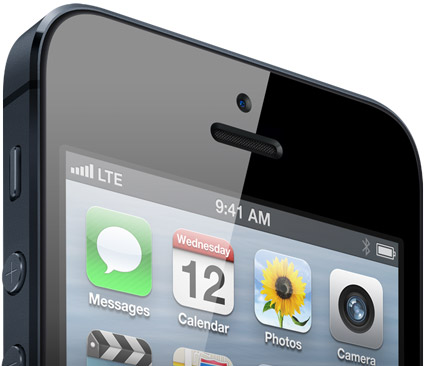
 The golden years of Apple's outright dominance in technical innovation is fading, and quickly at that. The iPhone 5 just launched with a deservedly
The golden years of Apple's outright dominance in technical innovation is fading, and quickly at that. The iPhone 5 just launched with a deservedly 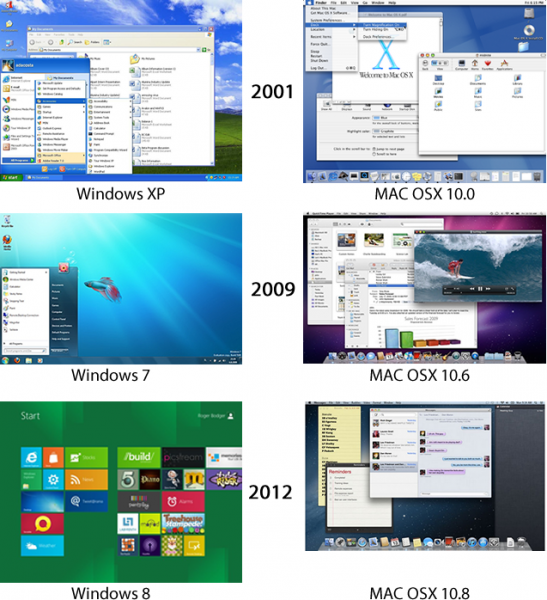
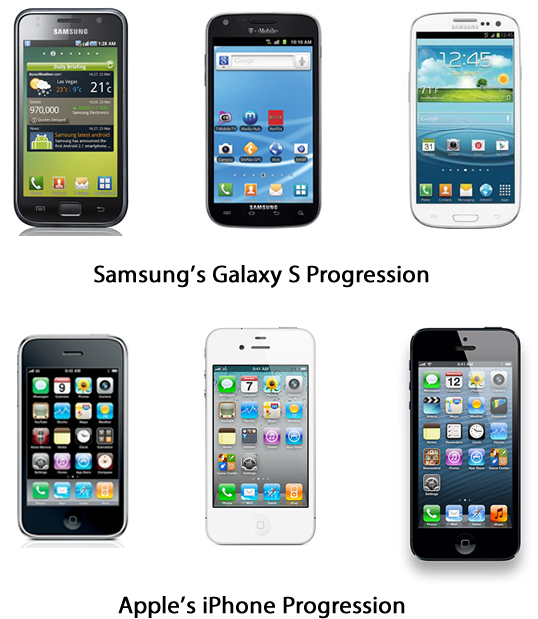
 Derrick Wlodarz is an IT professional who owns Park Ridge, IL (USA) based computer repair company FireLogic. He has over 7+ years of experience in the private and public technology sectors, holds numerous credentials from CompTIA and Microsoft, and is one of a handful of Google Apps Certified Trainers & Deployment Specialists in the States. He is an active member of CompTIA's Subject Matter Expert Technical Advisory Council that shapes the future of CompTIA examinations across the globe. You can reach out to him at
Derrick Wlodarz is an IT professional who owns Park Ridge, IL (USA) based computer repair company FireLogic. He has over 7+ years of experience in the private and public technology sectors, holds numerous credentials from CompTIA and Microsoft, and is one of a handful of Google Apps Certified Trainers & Deployment Specialists in the States. He is an active member of CompTIA's Subject Matter Expert Technical Advisory Council that shapes the future of CompTIA examinations across the globe. You can reach out to him at  Talk about your bitter clingers! Here I am, minding my own business, just writing about my
Talk about your bitter clingers! Here I am, minding my own business, just writing about my  F-Secure has announced the availability of its 2013 product family, which includes
F-Secure has announced the availability of its 2013 product family, which includes  Reflecting its recent acquisition by Microsoft, the new
Reflecting its recent acquisition by Microsoft, the new  MAGIX Software has revealed
MAGIX Software has revealed  In October 2009, I explained why "
In October 2009, I explained why "

 I understand companies need to refresh their identities from time to time. I have no problem with that. But I don’t get why any firm would want to swap a recognizable logo for a worse alternative.
I understand companies need to refresh their identities from time to time. I have no problem with that. But I don’t get why any firm would want to swap a recognizable logo for a worse alternative. 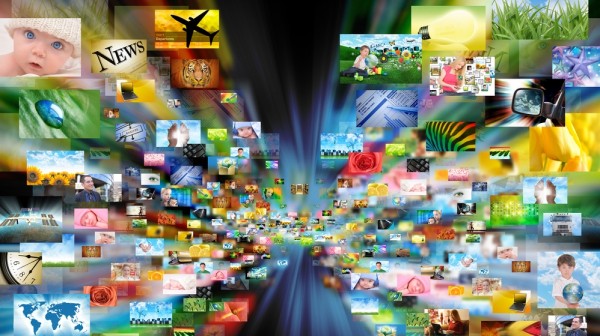
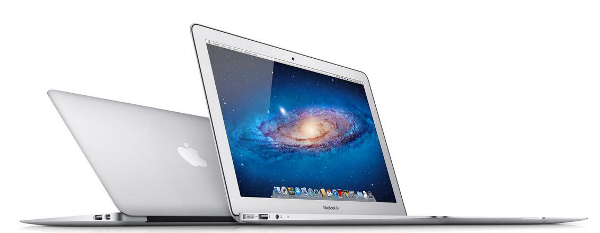
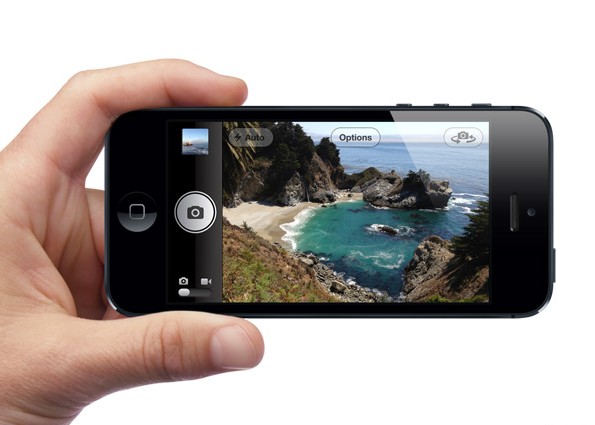
 A new iPhone is Apple's chance to drive competitors nuts, to take technological innovation to new heights and to leave the stage with a justified smug look, but as the dust settles from yesterday's
A new iPhone is Apple's chance to drive competitors nuts, to take technological innovation to new heights and to leave the stage with a justified smug look, but as the dust settles from yesterday's 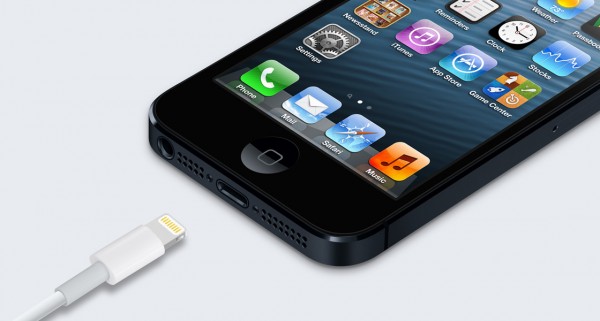
 If you’re curious about your Internet connection’s performance then of course there are plenty of online speed tests around that promise to tell you more. But these are limited, in particular because they can only measure your connection speed at a single point in time, while your actual performance will probably vary throughout the day.
If you’re curious about your Internet connection’s performance then of course there are plenty of online speed tests around that promise to tell you more. But these are limited, in particular because they can only measure your connection speed at a single point in time, while your actual performance will probably vary throughout the day.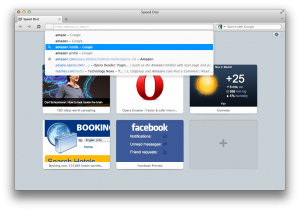 Retina Display support continues to be added to more and more applications as they are updated, and the latest update is for
Retina Display support continues to be added to more and more applications as they are updated, and the latest update is for  Do you want to know what’s annoyed me most about recently switching from
Do you want to know what’s annoyed me most about recently switching from  Thanks to
Thanks to 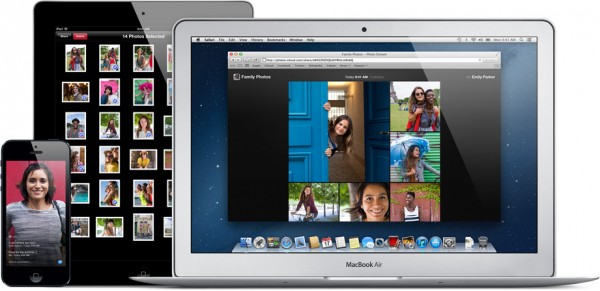
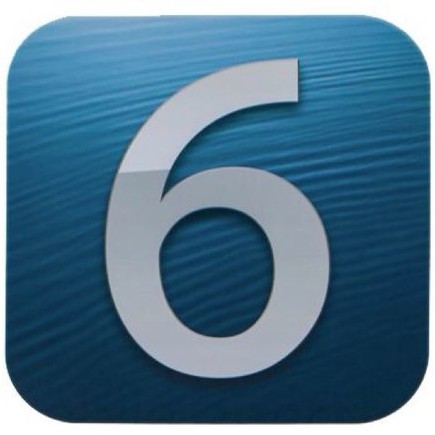 If you've got iPhone 4 or 4S, recent iPod touch or one of the two recent iPads, Apple will give you iOS 6, and you won't wait long. The Cupertino, Calif,-based company formally announced the release date, September 19,
If you've got iPhone 4 or 4S, recent iPod touch or one of the two recent iPads, Apple will give you iOS 6, and you won't wait long. The Cupertino, Calif,-based company formally announced the release date, September 19, 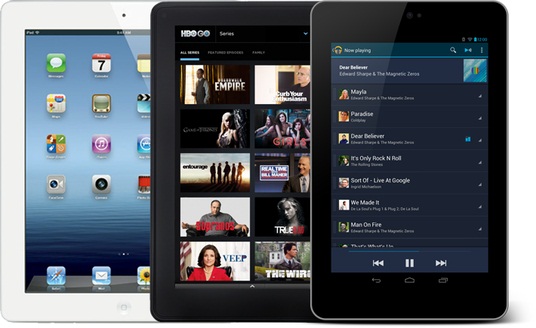

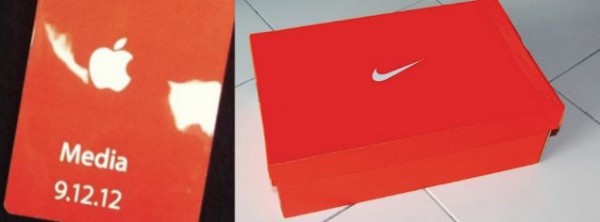
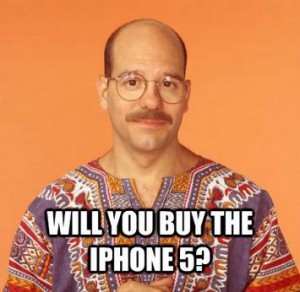

 To keep your web accounts secure it’s a good idea for their passwords to be as cryptic as possible: lengthy, a good mix of numbers, upper and lower case letters, maybe even other characters if they’re allowed.
To keep your web accounts secure it’s a good idea for their passwords to be as cryptic as possible: lengthy, a good mix of numbers, upper and lower case letters, maybe even other characters if they’re allowed.
 Trend Micro Incorporated has released
Trend Micro Incorporated has released 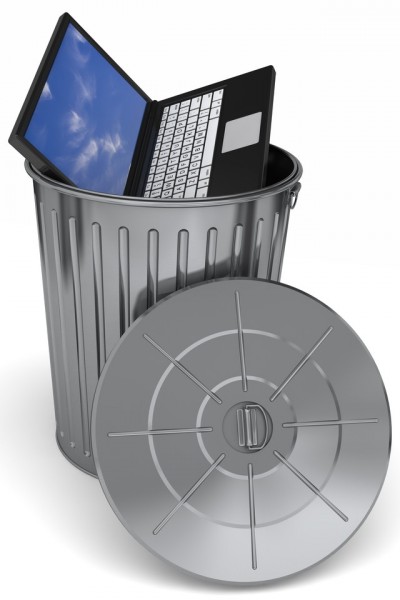 That is the conclusion I reached after several weeks living la vida
That is the conclusion I reached after several weeks living la vida 
 Malwarebytes Corporation has updated both free and paid-for versions of its anti-malware software with major improvements and enhancements, particularly to the Pro version of the software.
Malwarebytes Corporation has updated both free and paid-for versions of its anti-malware software with major improvements and enhancements, particularly to the Pro version of the software.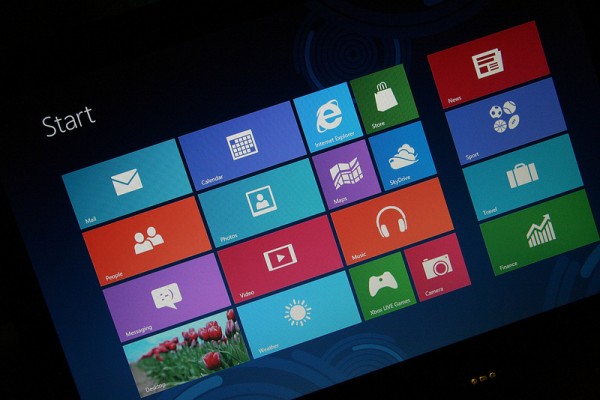
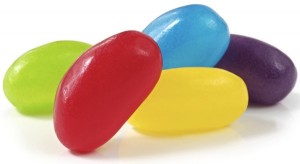 CyanogenMod 10 is one of the most popular Android 4.1 Jelly Bean custom distributions available today, but keeping up with all the
CyanogenMod 10 is one of the most popular Android 4.1 Jelly Bean custom distributions available today, but keeping up with all the  The Hydraq (Aurora) Trojan horse is in the spotlight, courtesy of a hacking group that uses it to wreak havoc with the security of numerous renowned industries. While these hacking maneuvers were pretty high profile and as a result got a lot of coverage, it is the said group’s hacking activities, and patterns, that have caught the eye of a lot of security pundits and writers.
The Hydraq (Aurora) Trojan horse is in the spotlight, courtesy of a hacking group that uses it to wreak havoc with the security of numerous renowned industries. While these hacking maneuvers were pretty high profile and as a result got a lot of coverage, it is the said group’s hacking activities, and patterns, that have caught the eye of a lot of security pundits and writers.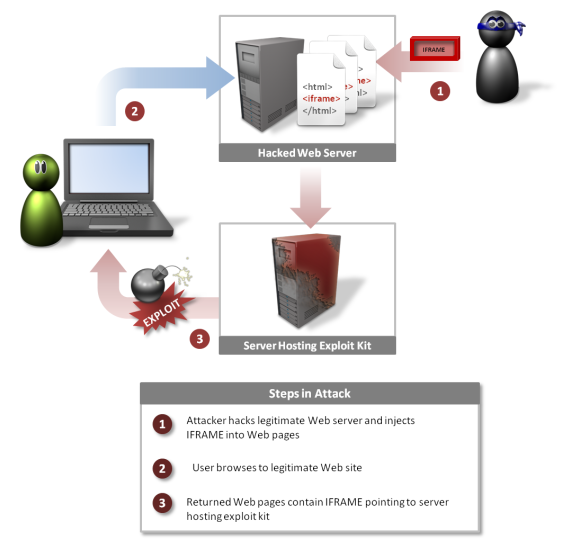
 When you have personal documents that you’d like to keep safe from snoopers then your first thought might be to encrypt them. But this isn’t always the best idea. Just seeing a “Mysterious.doc” file that they can’t open will be enough to tell others that you’ve something to hide.
When you have personal documents that you’d like to keep safe from snoopers then your first thought might be to encrypt them. But this isn’t always the best idea. Just seeing a “Mysterious.doc” file that they can’t open will be enough to tell others that you’ve something to hide.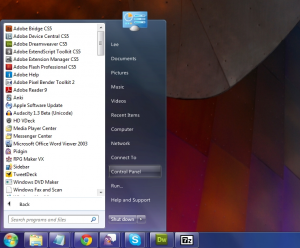 If you have tried out any of the preview releases of Windows 8, you may well have joined the thousands of users who are mourning the loss of the Start menu. Microsoft’s decision to drop this staple element of Windows has caused frustration, confusion and disbelief in equal measure, but with the help of
If you have tried out any of the preview releases of Windows 8, you may well have joined the thousands of users who are mourning the loss of the Start menu. Microsoft’s decision to drop this staple element of Windows has caused frustration, confusion and disbelief in equal measure, but with the help of 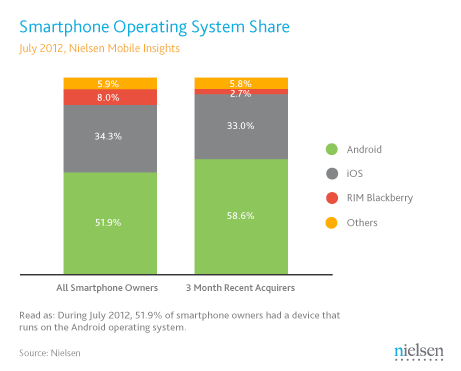


 One of Windows’ many annoyances has long been the general inaccessibility of the shutdown and restart controls. Previous versions of Windows stuck them on the Start menu, but now Windows 8 makes them even harder to find by burying them away in the Settings section of the Charms bar.
One of Windows’ many annoyances has long been the general inaccessibility of the shutdown and restart controls. Previous versions of Windows stuck them on the Start menu, but now Windows 8 makes them even harder to find by burying them away in the Settings section of the Charms bar.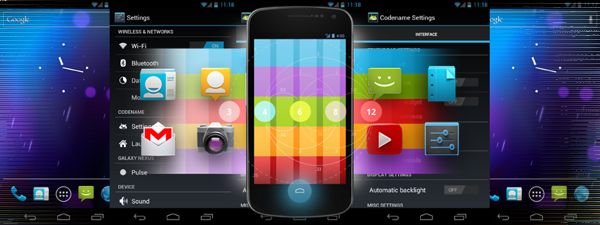
 I like improvements to be found under the hood, not on the outside. With the exception of the CNA wallpaper, there isn't anything else that gives its existence away. That is, until the "control panel" is found. It is located in Settings and it opens up a myriad of configuration options of which I have found the notification window toggles to be the most useful. Stock Android comes with a "Power control" widget that only has five toggles: Wi-Fi, Bluetooth, GPS, Sync and Brightness, and it doesn't cover everything that I need. With the "Notification Power Widget" I can also get a sound toggle that lets me choose between different modes (Silent, Vibrate, Sound, Sound + Vibrate), a torch mode that basically turns the LED into a flashlight (there are apps for it, but it's more convenient), mobile data toggle that makes turning on and off data a breeze without going through the menu and such. I counted 18 toggles to play with. Comprehensive, isn't it?
I like improvements to be found under the hood, not on the outside. With the exception of the CNA wallpaper, there isn't anything else that gives its existence away. That is, until the "control panel" is found. It is located in Settings and it opens up a myriad of configuration options of which I have found the notification window toggles to be the most useful. Stock Android comes with a "Power control" widget that only has five toggles: Wi-Fi, Bluetooth, GPS, Sync and Brightness, and it doesn't cover everything that I need. With the "Notification Power Widget" I can also get a sound toggle that lets me choose between different modes (Silent, Vibrate, Sound, Sound + Vibrate), a torch mode that basically turns the LED into a flashlight (there are apps for it, but it's more convenient), mobile data toggle that makes turning on and off data a breeze without going through the menu and such. I counted 18 toggles to play with. Comprehensive, isn't it?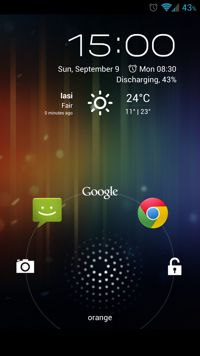 With the battery indicator I mentioned above, another nice feature is the ability to have it in the notification bar. The blue rectangle that displays the battery information can be modified to display a battery percentage, a circle with the battery percentage inside and a few other combinations. Basically having a percentage is reason enough to switch to a custom ROM for me. It should be there in the first place.
With the battery indicator I mentioned above, another nice feature is the ability to have it in the notification bar. The blue rectangle that displays the battery information can be modified to display a battery percentage, a circle with the battery percentage inside and a few other combinations. Basically having a percentage is reason enough to switch to a custom ROM for me. It should be there in the first place.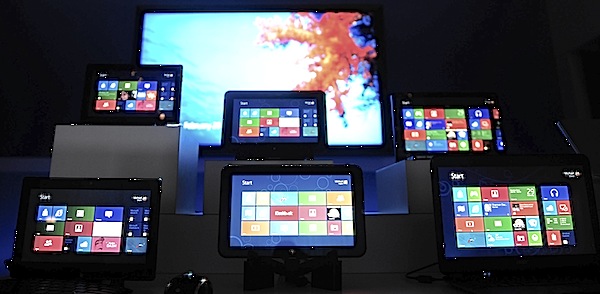
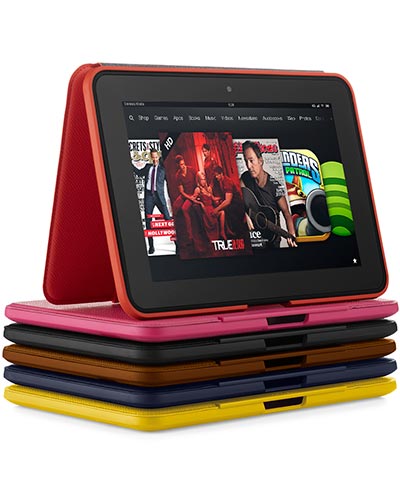 Following
Following 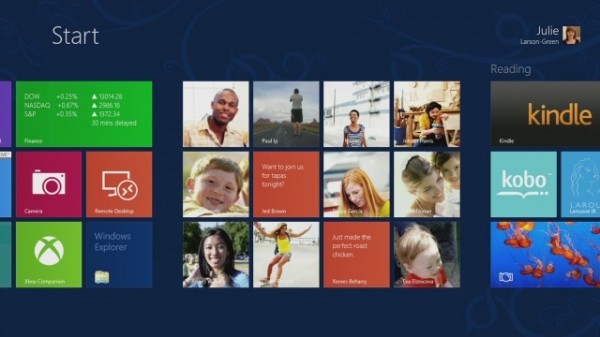
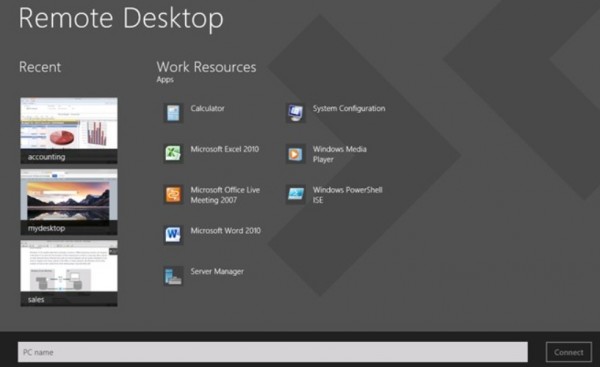
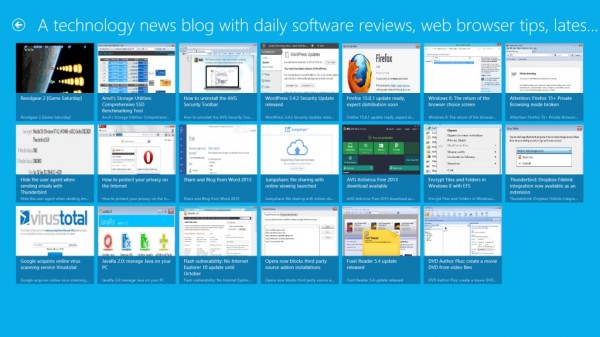
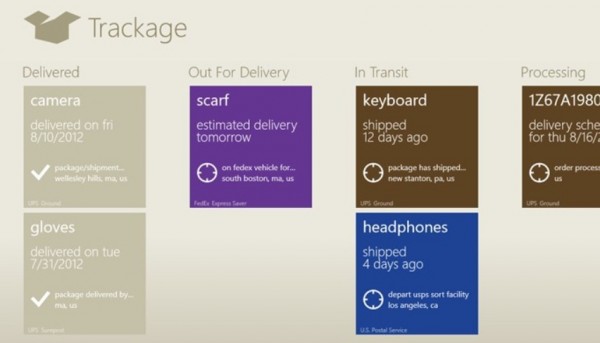
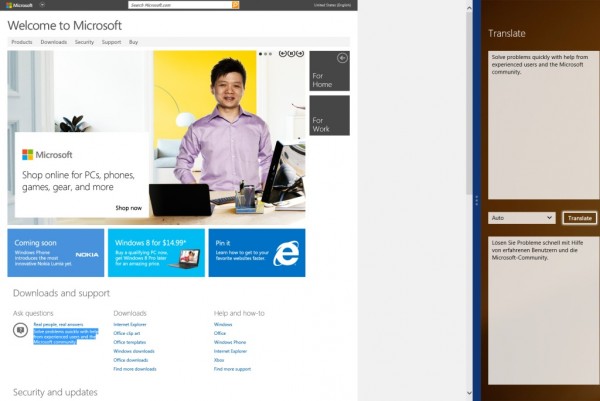
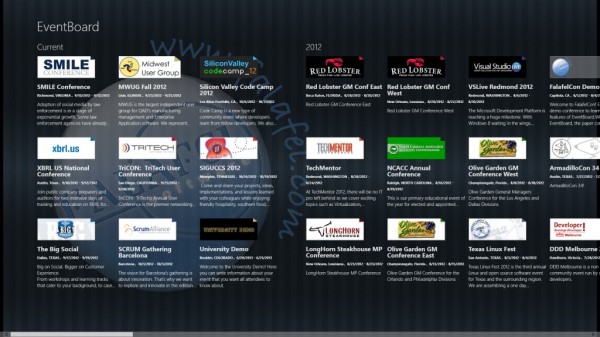
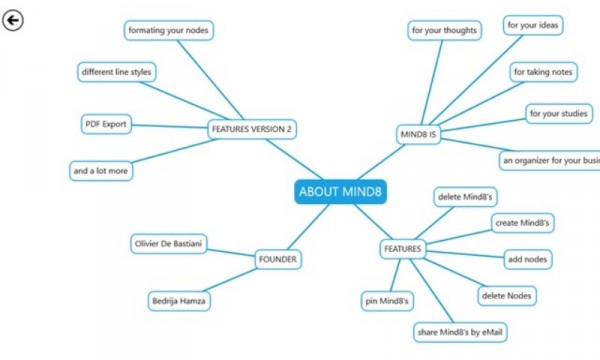
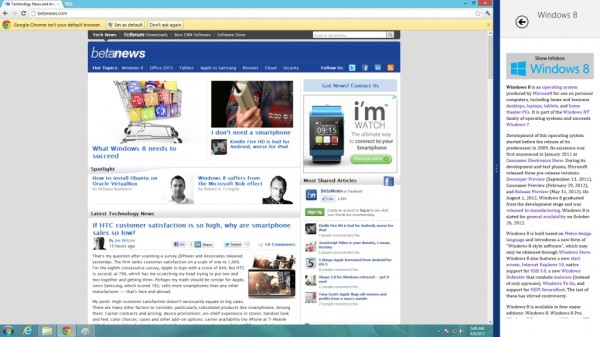
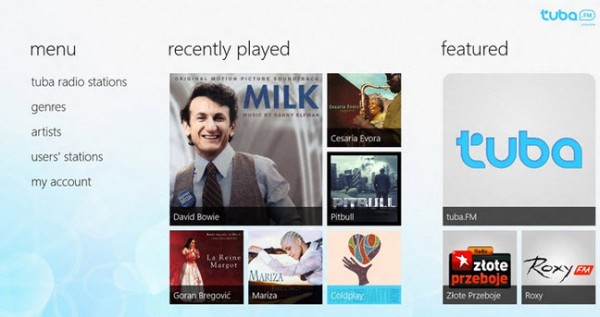
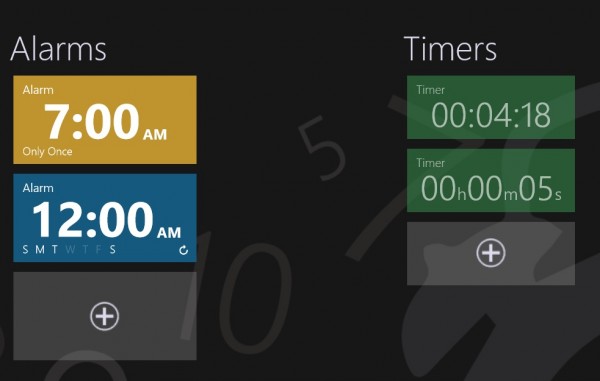
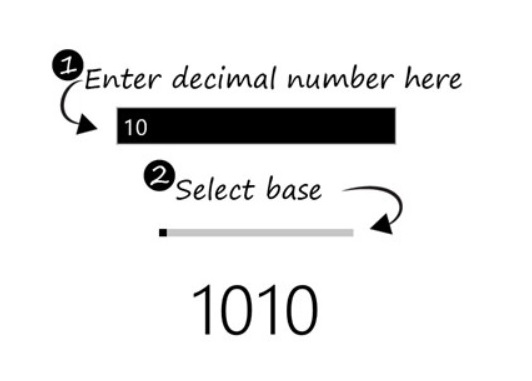
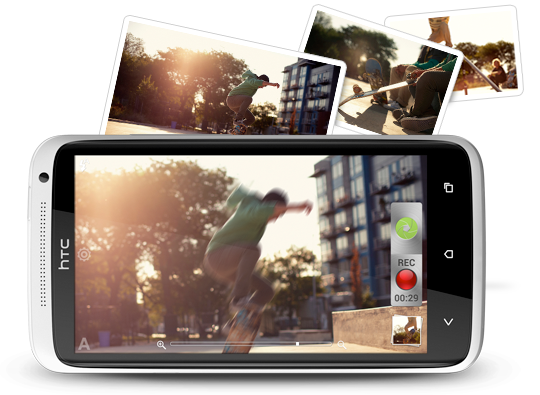
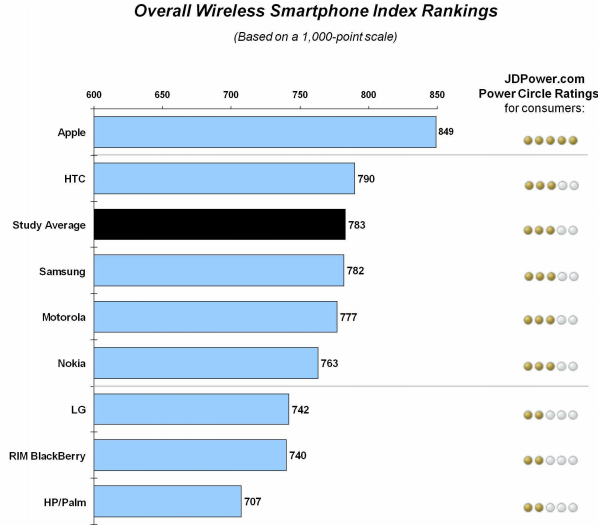

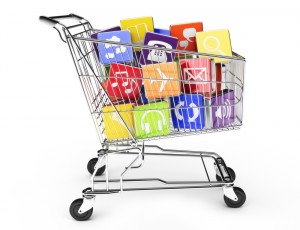 As a long-time Windows user, as well as software developer, I have pondered about what would make Windows 8 and the new modern UI (aka. Metro) a success. Microsoft can spit and polish the operating system, but people will interact more with applications. As good as Windows 8 might be, it won't satisfy if the apps aren't good enough.
As a long-time Windows user, as well as software developer, I have pondered about what would make Windows 8 and the new modern UI (aka. Metro) a success. Microsoft can spit and polish the operating system, but people will interact more with applications. As good as Windows 8 might be, it won't satisfy if the apps aren't good enough. Chris Boss is an advanced Windows API programmer and developer of 10 year-old
Chris Boss is an advanced Windows API programmer and developer of 10 year-old 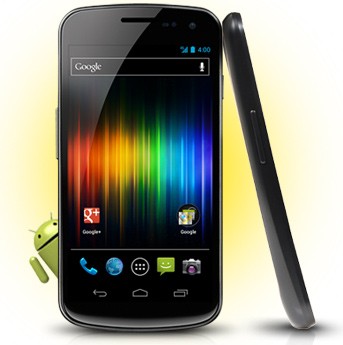 Sprint has (once again) announced the elusive
Sprint has (once again) announced the elusive 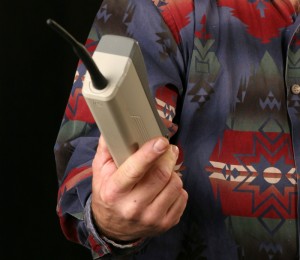 Call me old fashioned. I do not now, and never have in the past, owned a
Call me old fashioned. I do not now, and never have in the past, owned a 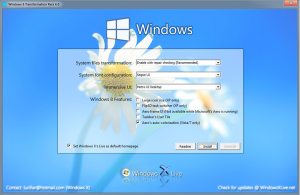 Hot on the heels of the RTM version of Windows 8, a swathe of tools that can be used to either emulate the appearance and features of the latest version of the operating system, or tweak Windows 8, have emerged.
Hot on the heels of the RTM version of Windows 8, a swathe of tools that can be used to either emulate the appearance and features of the latest version of the operating system, or tweak Windows 8, have emerged. 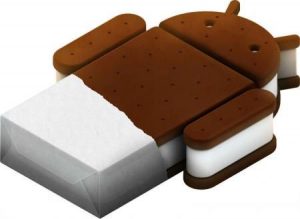 What's the most popular sweet in the Android universe? It's not Jelly Bean, or even Ice Cream Sandwich, based on the number of devices accessing Google Play during the 14 days ending September 4. Gingerbread has the largest share on devices. Again.
What's the most popular sweet in the Android universe? It's not Jelly Bean, or even Ice Cream Sandwich, based on the number of devices accessing Google Play during the 14 days ending September 4. Gingerbread has the largest share on devices. Again. AVG Internet Security has always been a likeable security suite, with all the core components you need to keep your PC safe: antivirus, firewall, spam filter, browsing protection and more.
AVG Internet Security has always been a likeable security suite, with all the core components you need to keep your PC safe: antivirus, firewall, spam filter, browsing protection and more. Browsing Protection
Browsing Protection The down side? In part AVG seems to have done this by making the settings more aggressive, so the program also falsely flagged a few legitimate emails as spam. These were at least only corporate mailing lists, though, no personal emails were affected, and if you have similar problems then there are plenty of tweaks and training options you can apply to improve the situation.
The down side? In part AVG seems to have done this by making the settings more aggressive, so the program also falsely flagged a few legitimate emails as spam. These were at least only corporate mailing lists, though, no personal emails were affected, and if you have similar problems then there are plenty of tweaks and training options you can apply to improve the situation.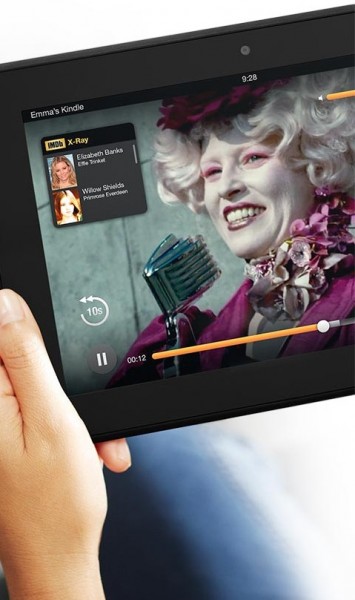 Google is in a tough spot. Apple suddenly looks like an ally now that Amazon has unveiled
Google is in a tough spot. Apple suddenly looks like an ally now that Amazon has unveiled 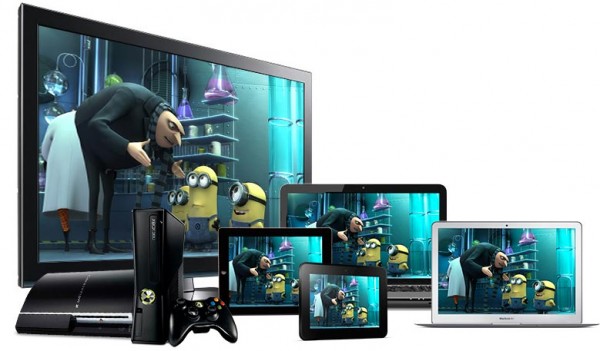
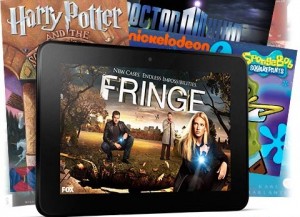 Something else: For all Apple's retail success, Amazon's breadth and depth is far greater. Kindle Fire taps into Amazon for more than just digital content and services but physical goods, all easily available. The $79/year Prime service adds many additional benefits, like free two-day shipping, ebook borrowing and free movie-and-TV show streaming. I've started re-watching "Fringe" from the first season. The Fox drama is available in HD for free to Prime members -- not at all on Netflix.
Something else: For all Apple's retail success, Amazon's breadth and depth is far greater. Kindle Fire taps into Amazon for more than just digital content and services but physical goods, all easily available. The $79/year Prime service adds many additional benefits, like free two-day shipping, ebook borrowing and free movie-and-TV show streaming. I've started re-watching "Fringe" from the first season. The Fox drama is available in HD for free to Prime members -- not at all on Netflix.
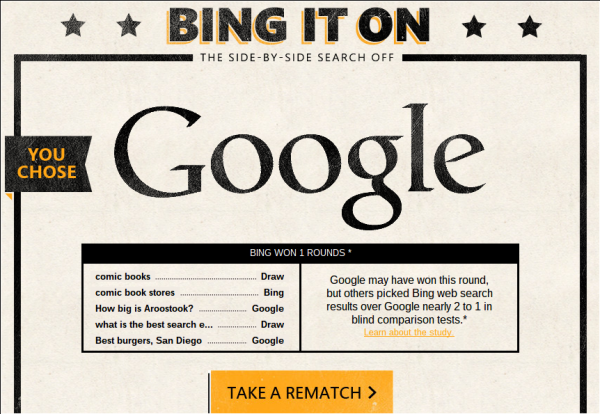
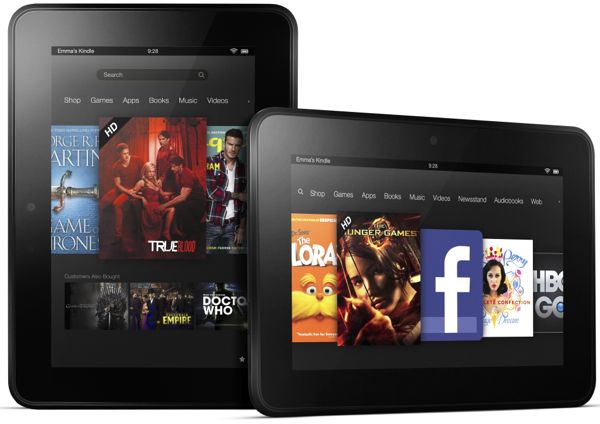
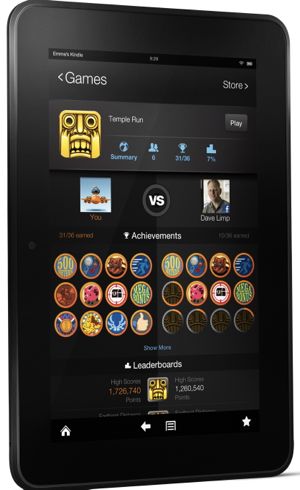 Amazon also debuted a whole new form factor with the 8.9" (1920 x 1200 - 254ppi) Kindle Fire HD. This carries just about the same feature set as the seven inch model, but comes in 16 GB, 32 GB, or 64 GB storage configurations.
Amazon also debuted a whole new form factor with the 8.9" (1920 x 1200 - 254ppi) Kindle Fire HD. This carries just about the same feature set as the seven inch model, but comes in 16 GB, 32 GB, or 64 GB storage configurations.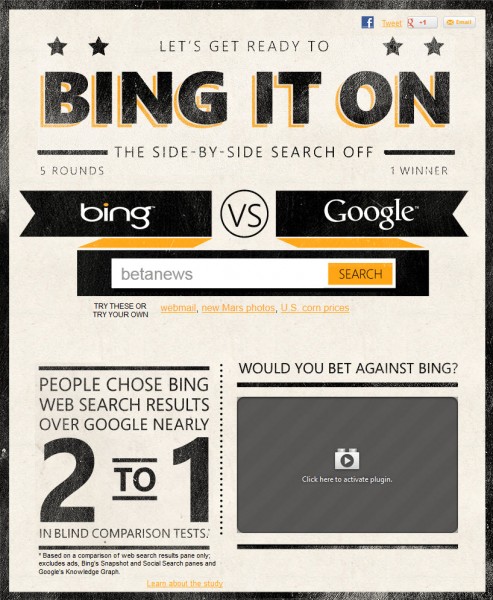
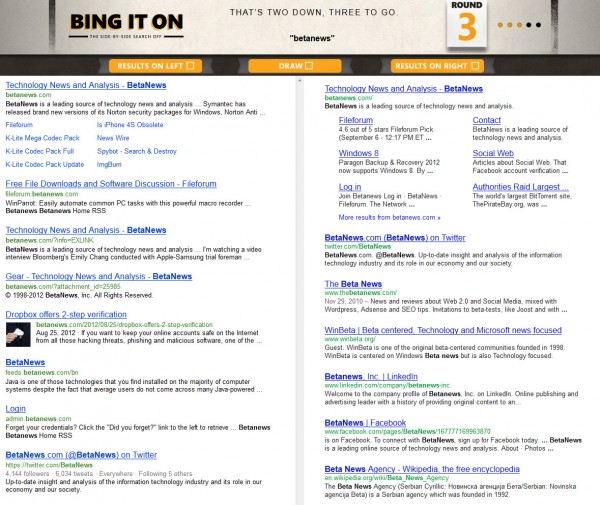
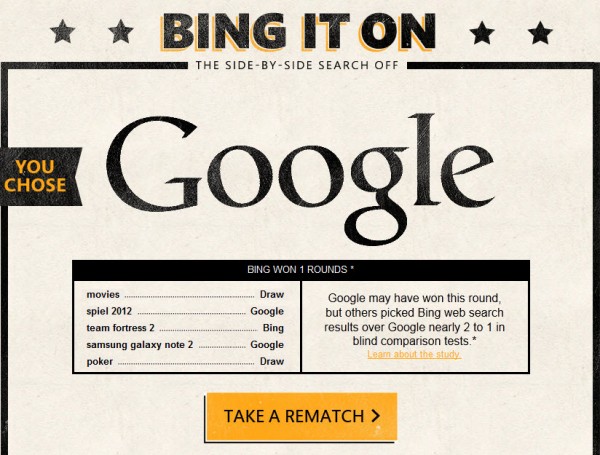
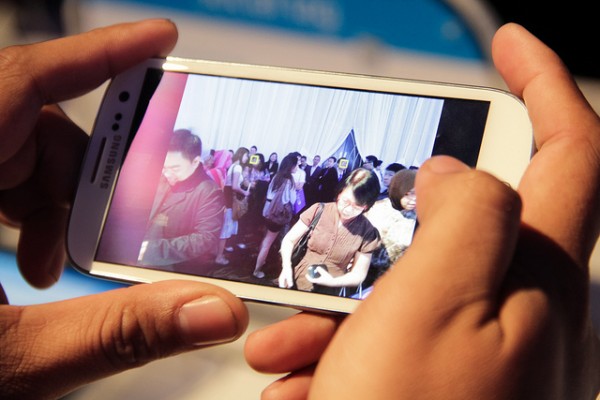
 Nokia's fortunes and the future of Windows Phone tie to one device: Lumia 920 running Windows Phone 8. The
Nokia's fortunes and the future of Windows Phone tie to one device: Lumia 920 running Windows Phone 8. The 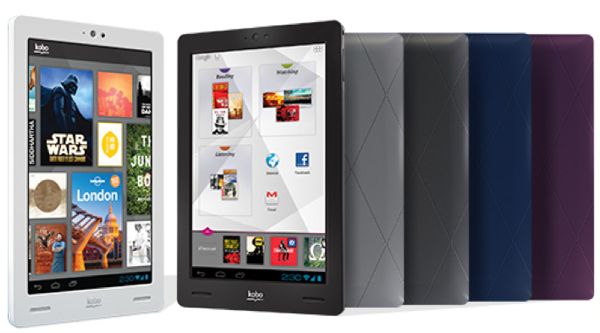


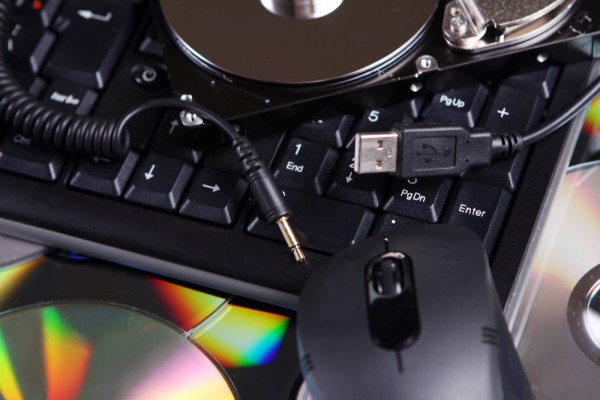
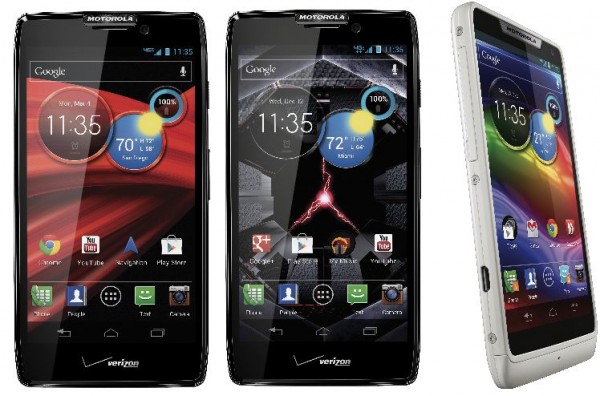
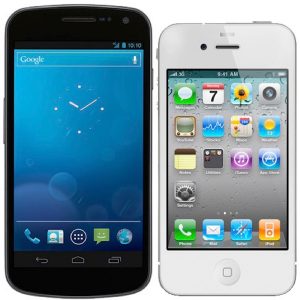 For the three months ending in July, Android and iOS combined US smartphone subscriber share reached 85.6 percent, according to comScore. That's 3.4 percentage points higher than April. Meanwhile, Research in Motion and Microsoft mobile platforms receded to 9.5 percent and 3.6 percent share from 11.6 percent and 4 percent, respectively. While comScore combines defunct Windows Mobile and Windows Phone, we henceforth refer to both using the latter name.
For the three months ending in July, Android and iOS combined US smartphone subscriber share reached 85.6 percent, according to comScore. That's 3.4 percentage points higher than April. Meanwhile, Research in Motion and Microsoft mobile platforms receded to 9.5 percent and 3.6 percent share from 11.6 percent and 4 percent, respectively. While comScore combines defunct Windows Mobile and Windows Phone, we henceforth refer to both using the latter name.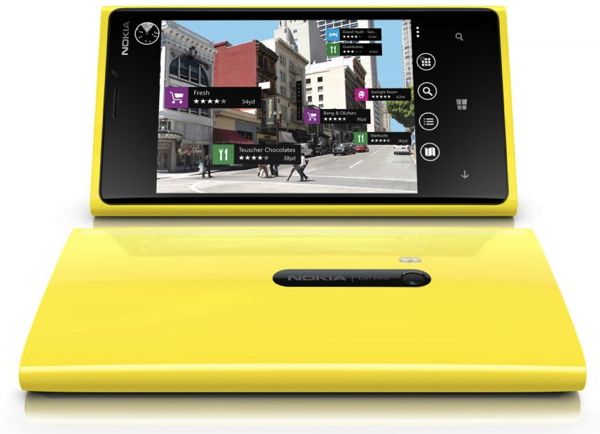
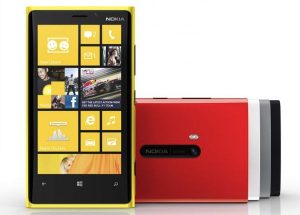
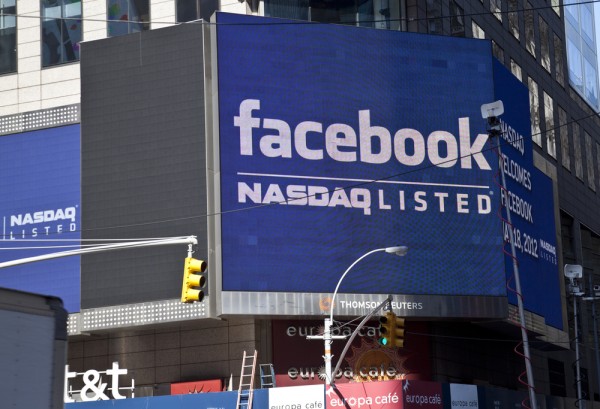
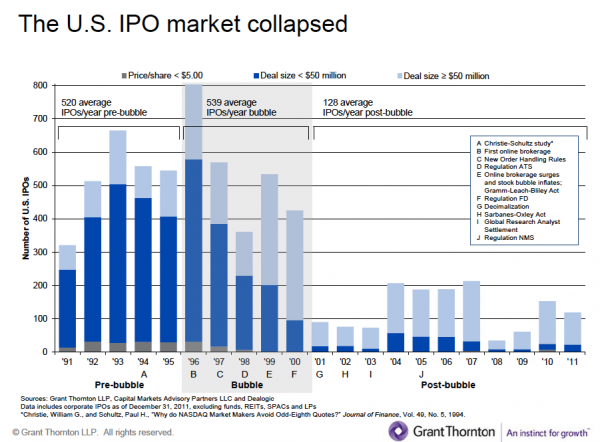

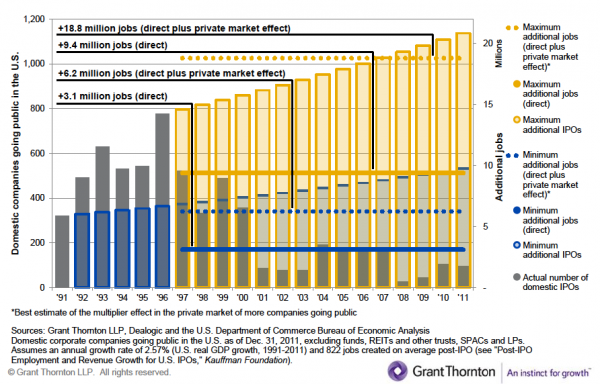
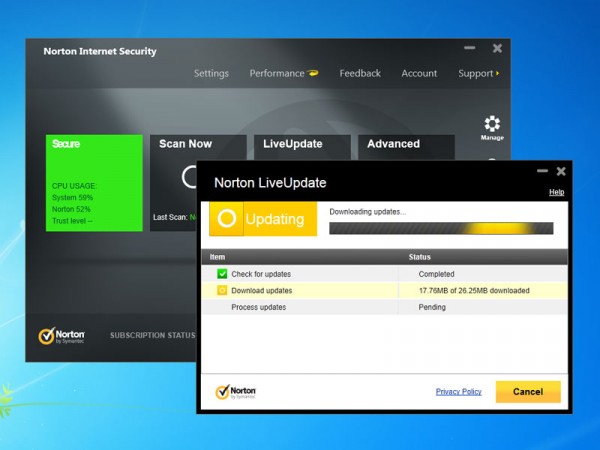
 Just how involved would you like to be with the process of cleaning up and maintaining your computer? If you’re reading this, there’s a fairly high chance that you like to get pretty hands on, but there will still be occasions when time is short and you need a quick-and-easily solution to get the job done quickly.
Just how involved would you like to be with the process of cleaning up and maintaining your computer? If you’re reading this, there’s a fairly high chance that you like to get pretty hands on, but there will still be occasions when time is short and you need a quick-and-easily solution to get the job done quickly.  I’m a big fan of SharePoint. I’ve worked with it for years, right back to SharePoint 2001. It does a lot of things very very well (Since you ask -- document management, collaborative working, and increasingly social networking functionality). However, SharePoint also does lots of things, its feature set is simply huge. Not all of these features are as mature as others, and as a result it is easy for SharePoint systems to end up feeling a bit mixed and matched. Some things work well, some less so, and some should have been avoided altogether.
I’m a big fan of SharePoint. I’ve worked with it for years, right back to SharePoint 2001. It does a lot of things very very well (Since you ask -- document management, collaborative working, and increasingly social networking functionality). However, SharePoint also does lots of things, its feature set is simply huge. Not all of these features are as mature as others, and as a result it is easy for SharePoint systems to end up feeling a bit mixed and matched. Some things work well, some less so, and some should have been avoided altogether.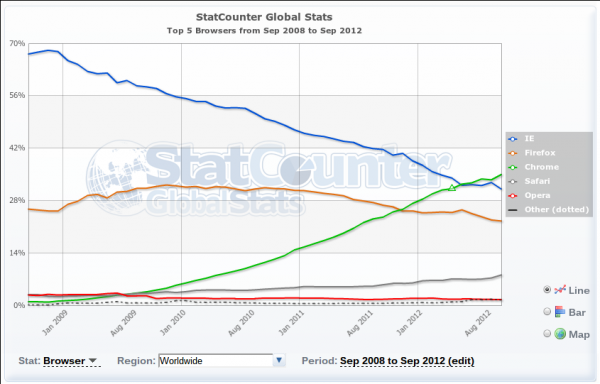

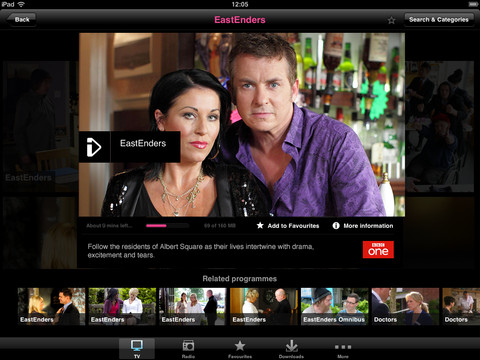

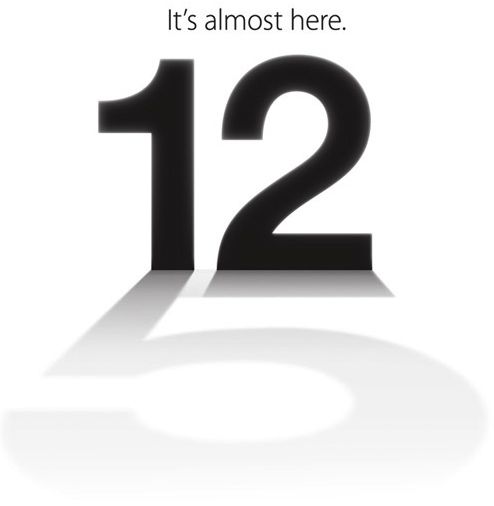
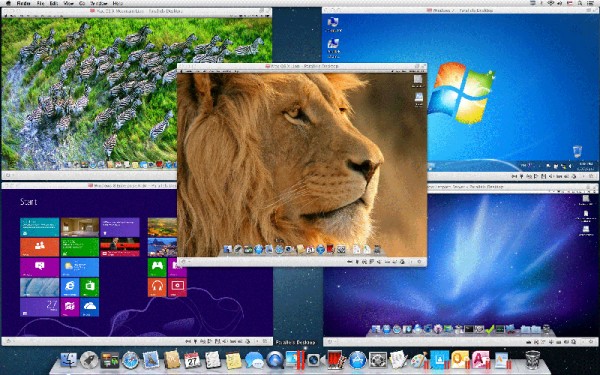
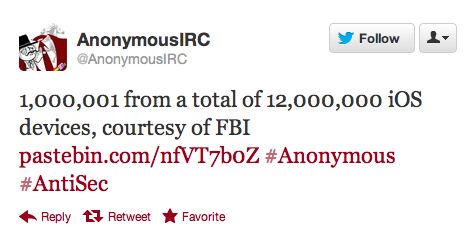

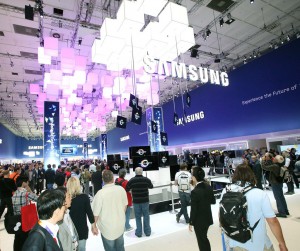 It sounded like quite the road trip. Stuck in Germany, with their
It sounded like quite the road trip. Stuck in Germany, with their 
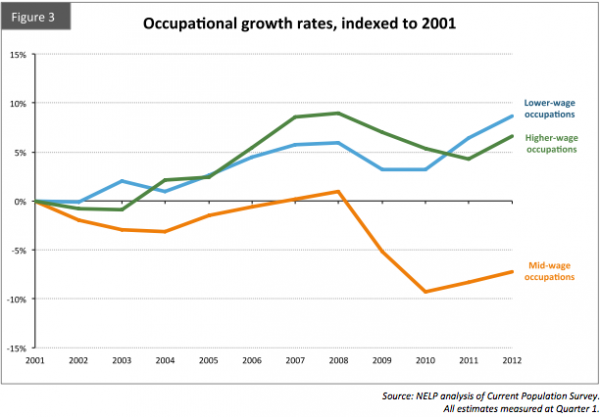
 When you need to understand exactly what programs are doing on your PC then tools such as
When you need to understand exactly what programs are doing on your PC then tools such as 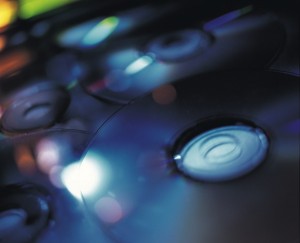 Roxio has released a major update for its Mac disc-burning product.
Roxio has released a major update for its Mac disc-burning product.  Are you tired of repeating the same task on your PC, over and over again? Launching a particular sequence of applications, say, or perhaps carrying out the same string of actions online? Then you may benefit from
Are you tired of repeating the same task on your PC, over and over again? Launching a particular sequence of applications, say, or perhaps carrying out the same string of actions online? Then you may benefit from 
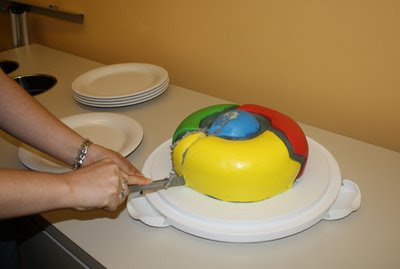
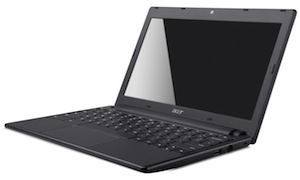
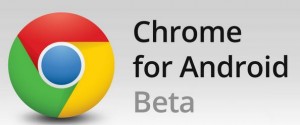
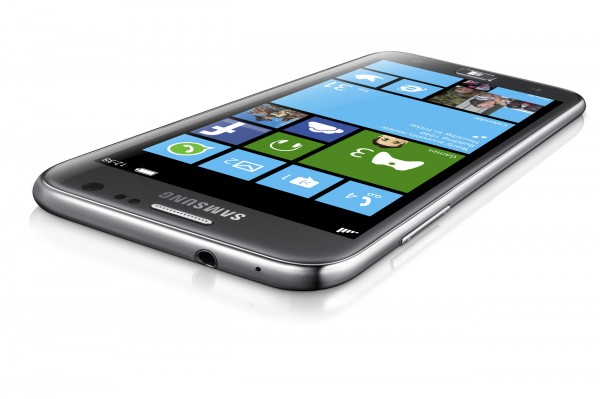
 Users of Windows are known not only for their love of tweaking, but also for their love of knocking the product they use -- how many people who use nothing but Windows do nothing but complain about the way it looks or works? The release of a new version might be seen as a time for Microsoft to address the issues and annoyances that have plagued their customers, but for many upgraders, the switch to Windows 8 brings a new batch of things to get irritated about.
Users of Windows are known not only for their love of tweaking, but also for their love of knocking the product they use -- how many people who use nothing but Windows do nothing but complain about the way it looks or works? The release of a new version might be seen as a time for Microsoft to address the issues and annoyances that have plagued their customers, but for many upgraders, the switch to Windows 8 brings a new batch of things to get irritated about.
